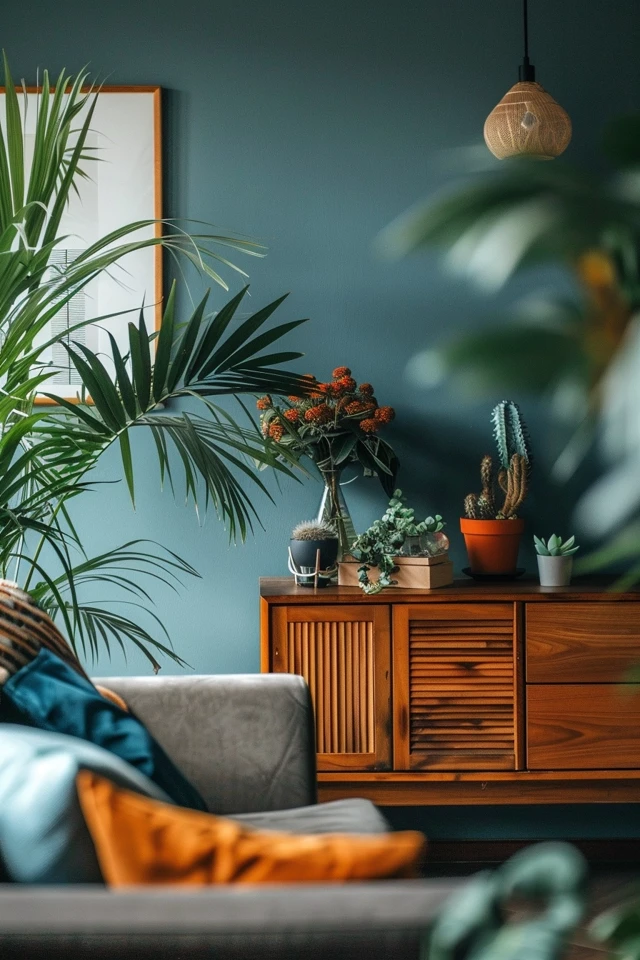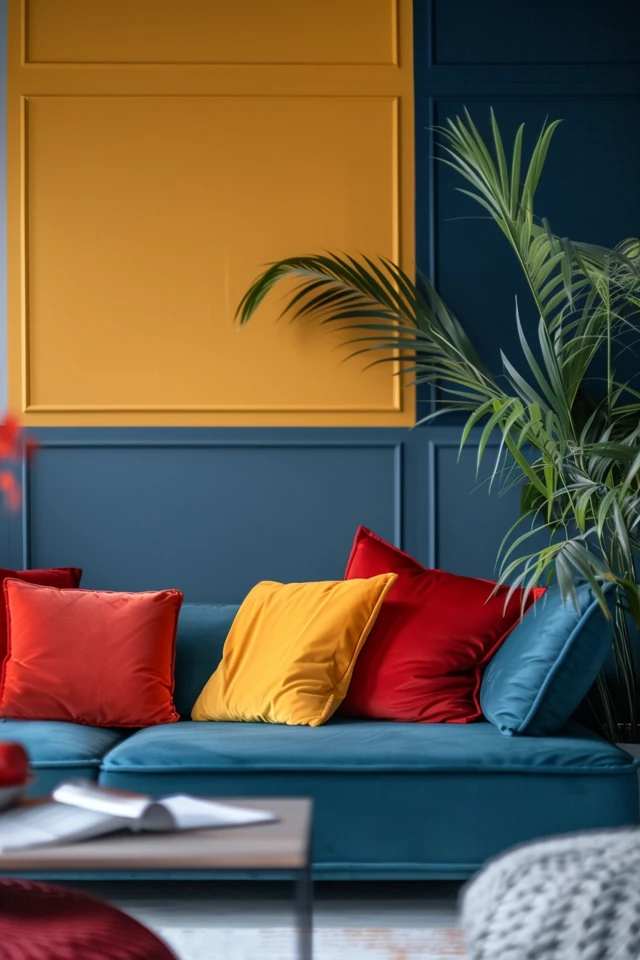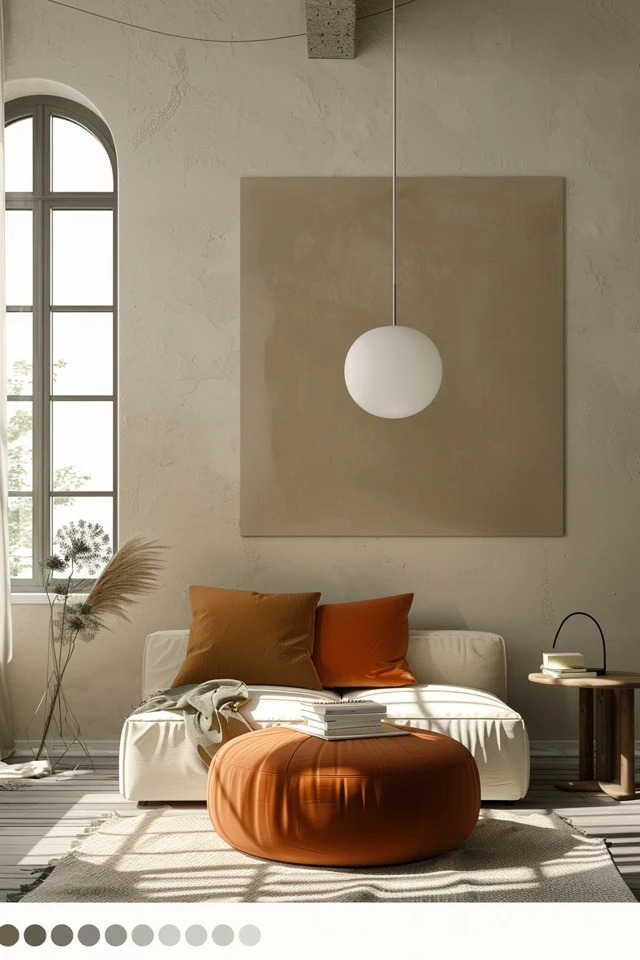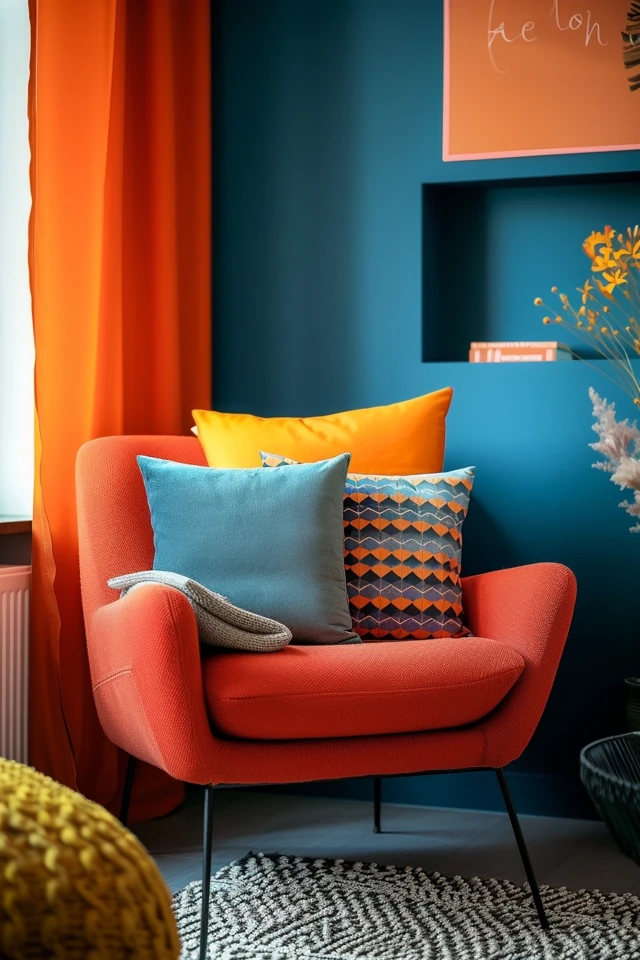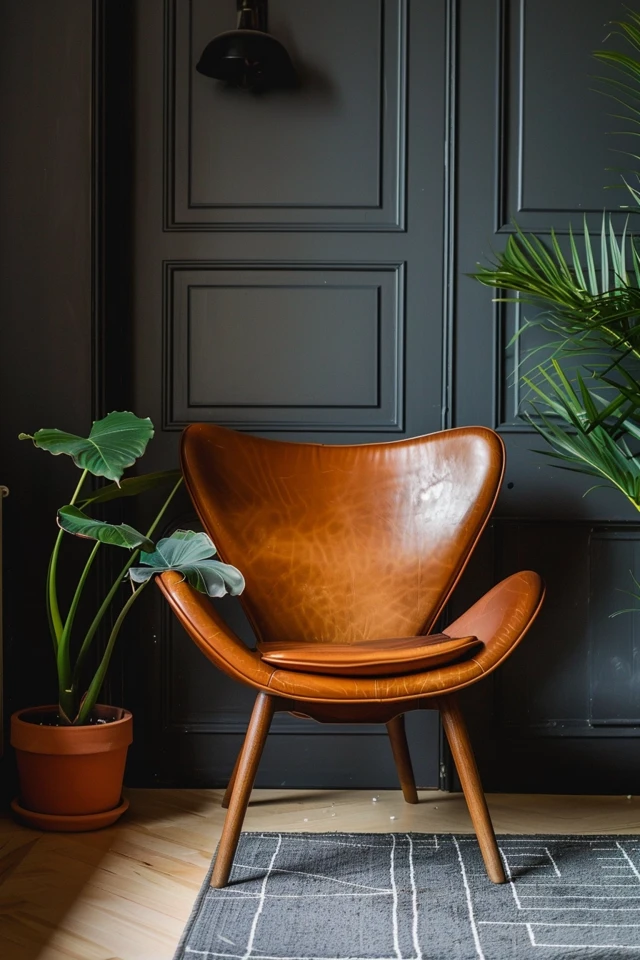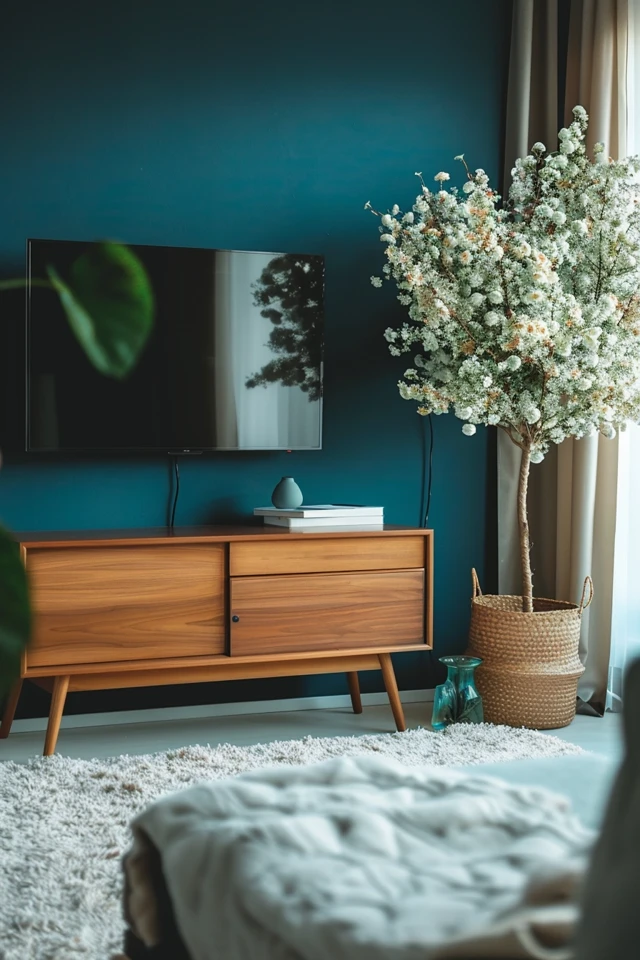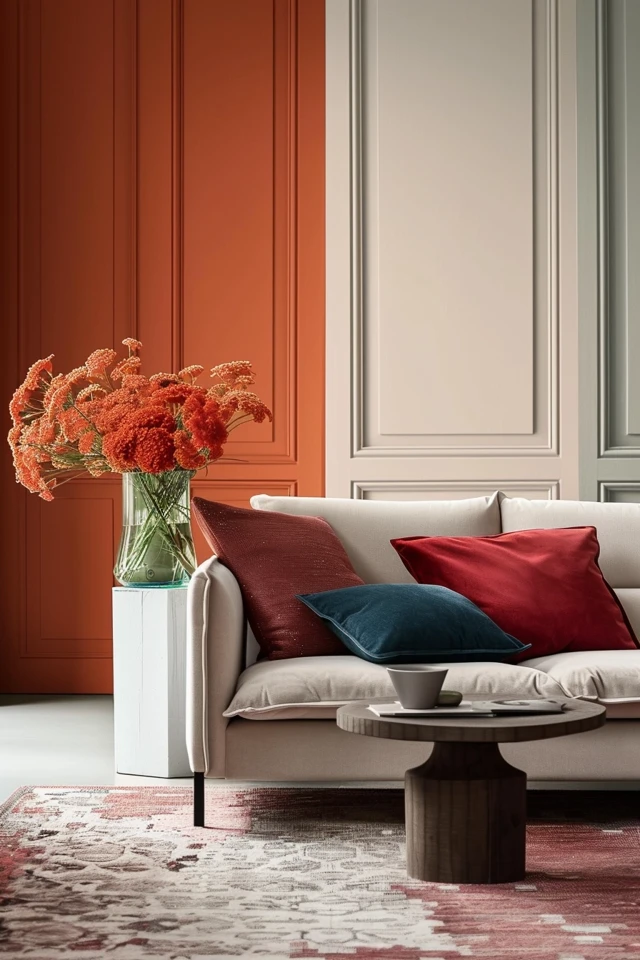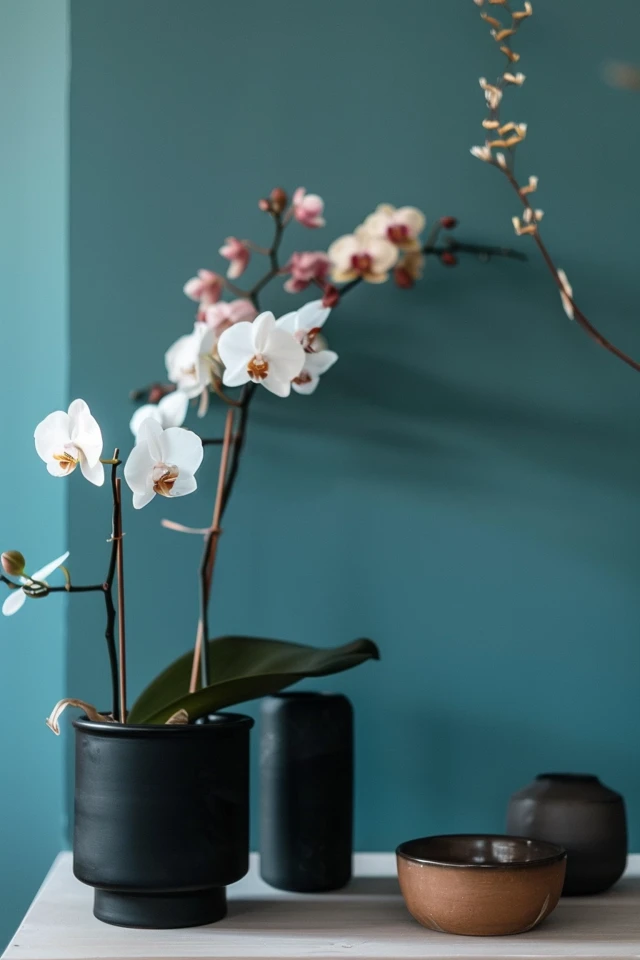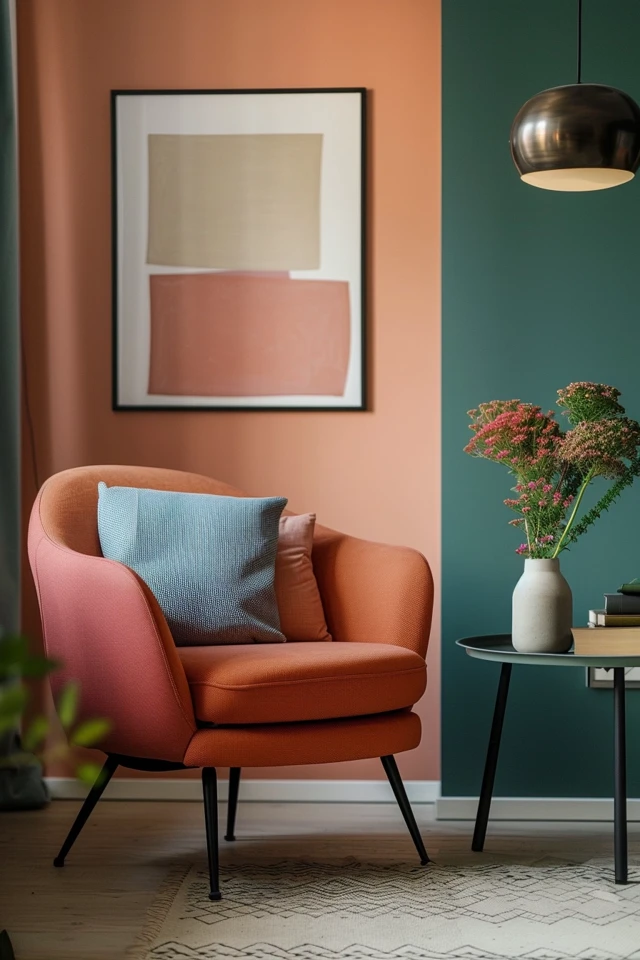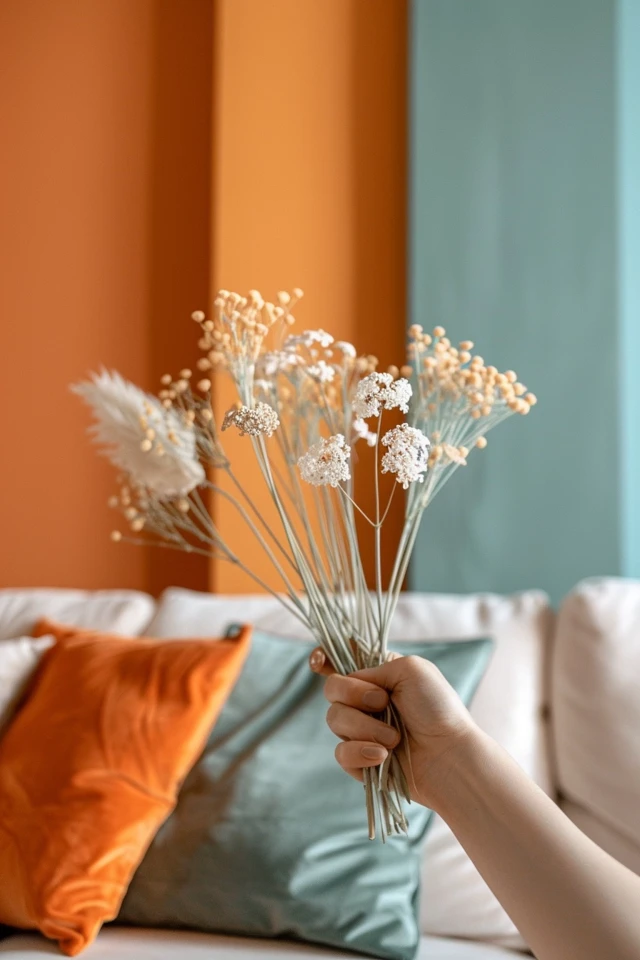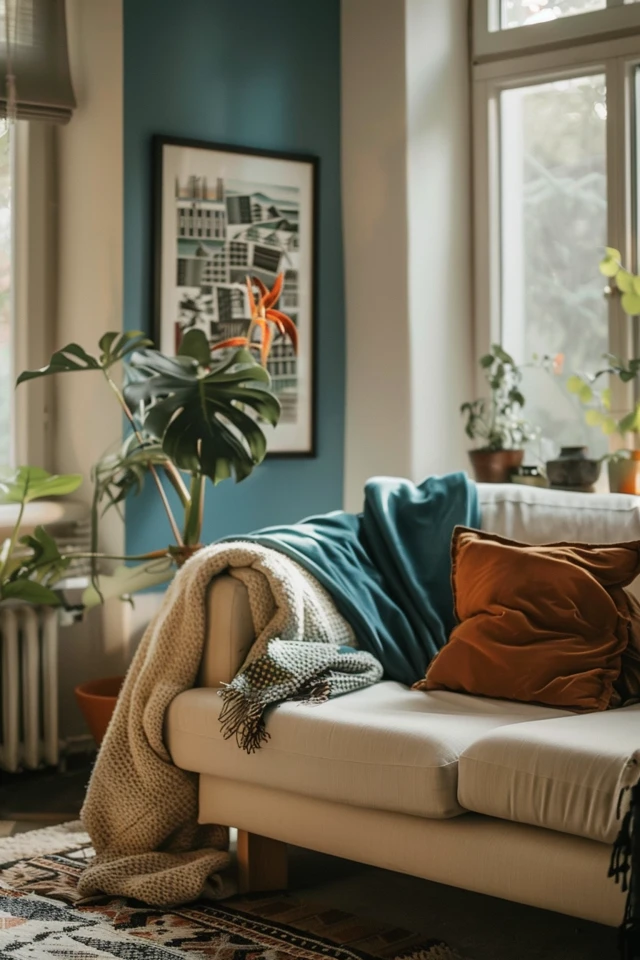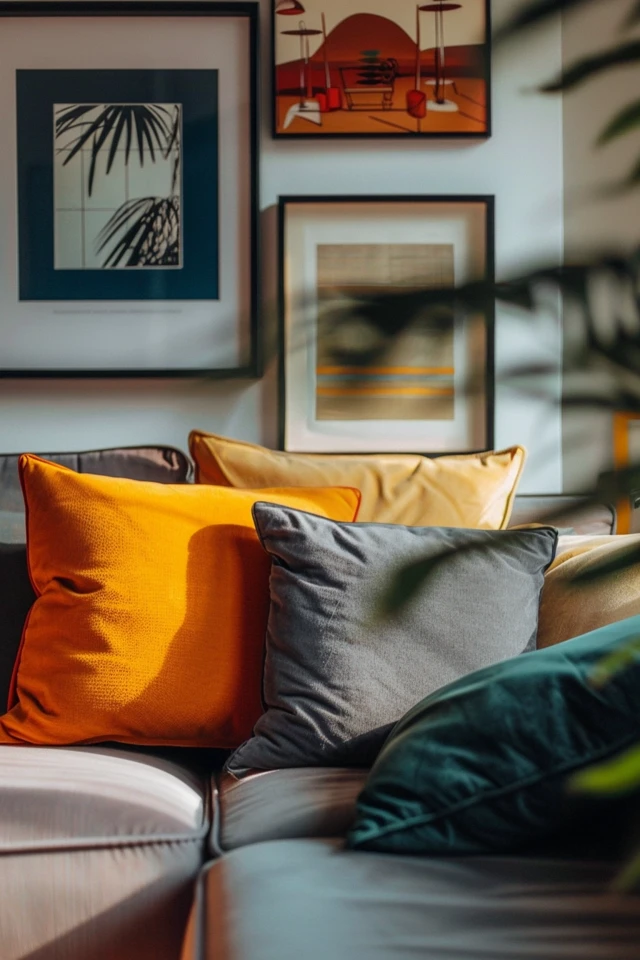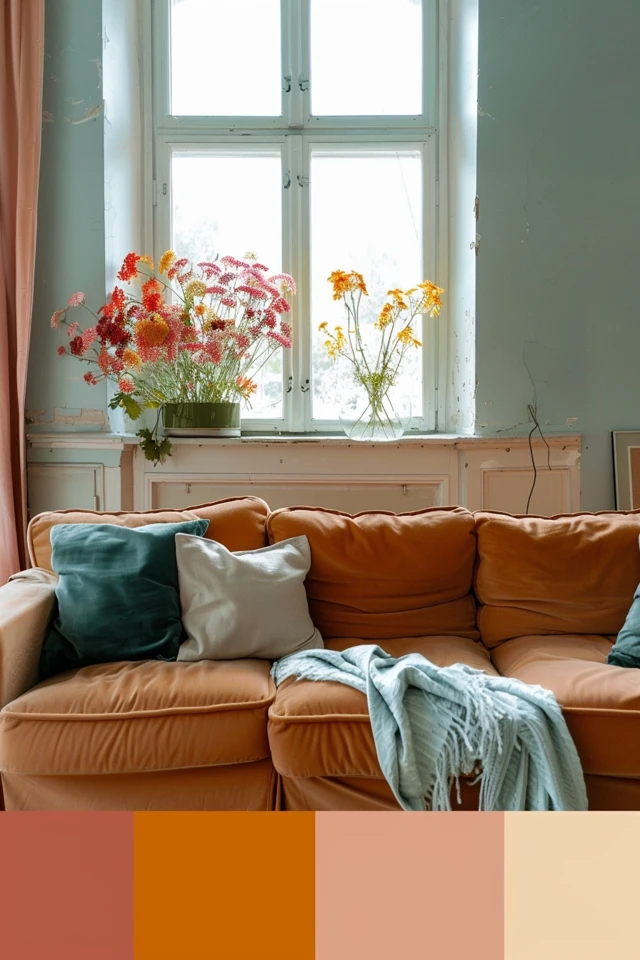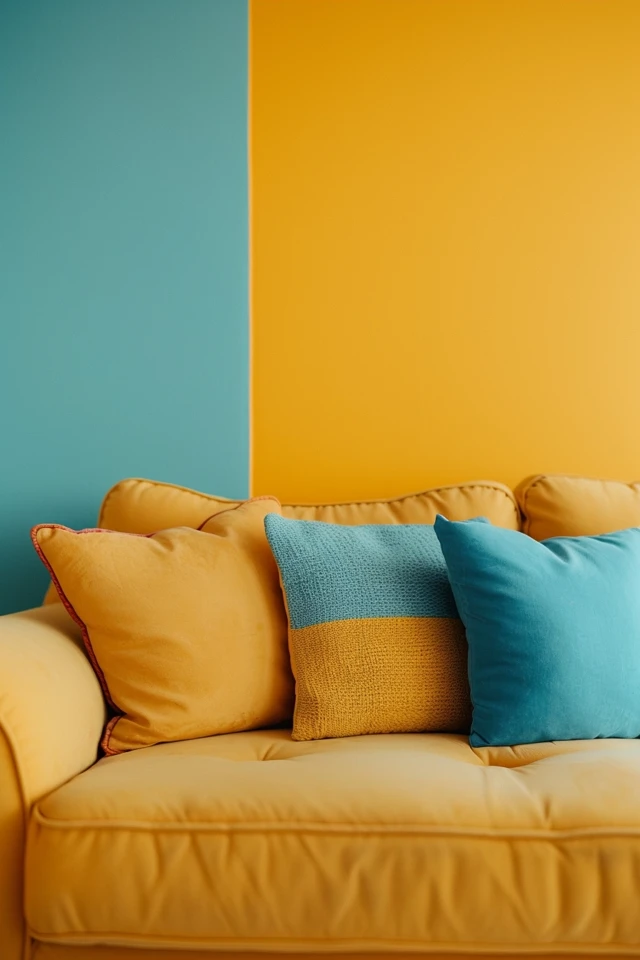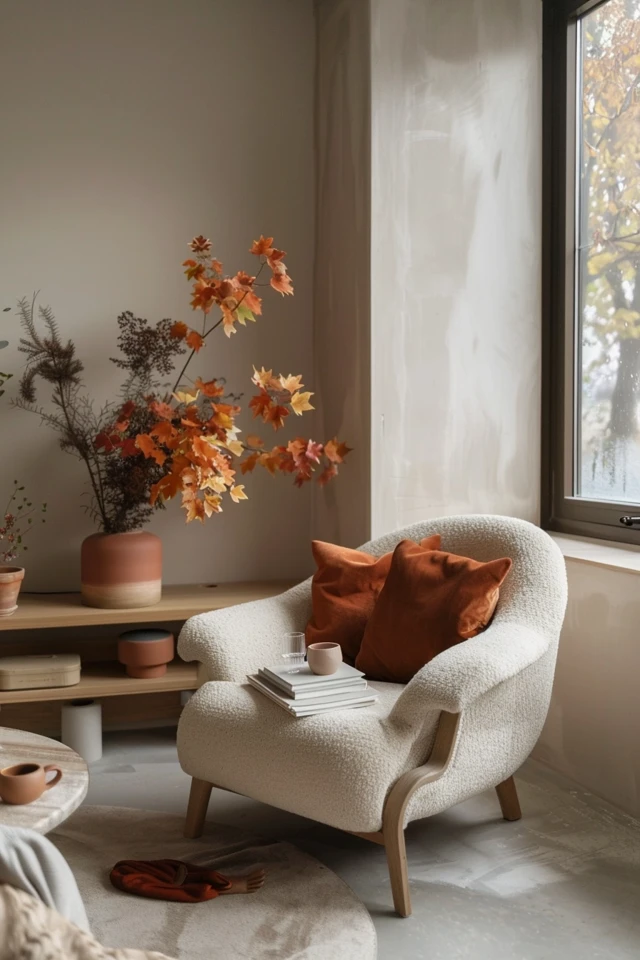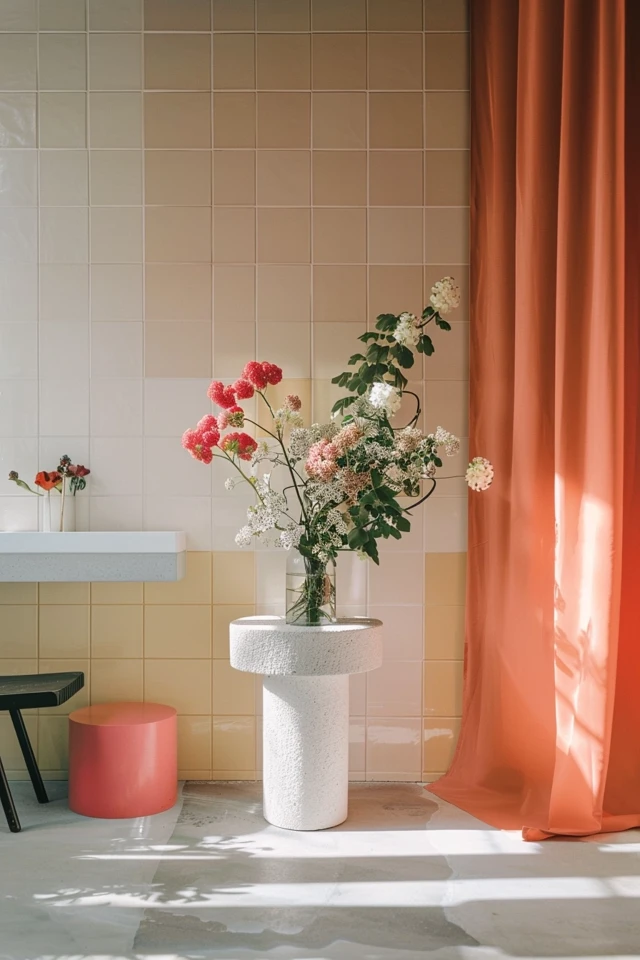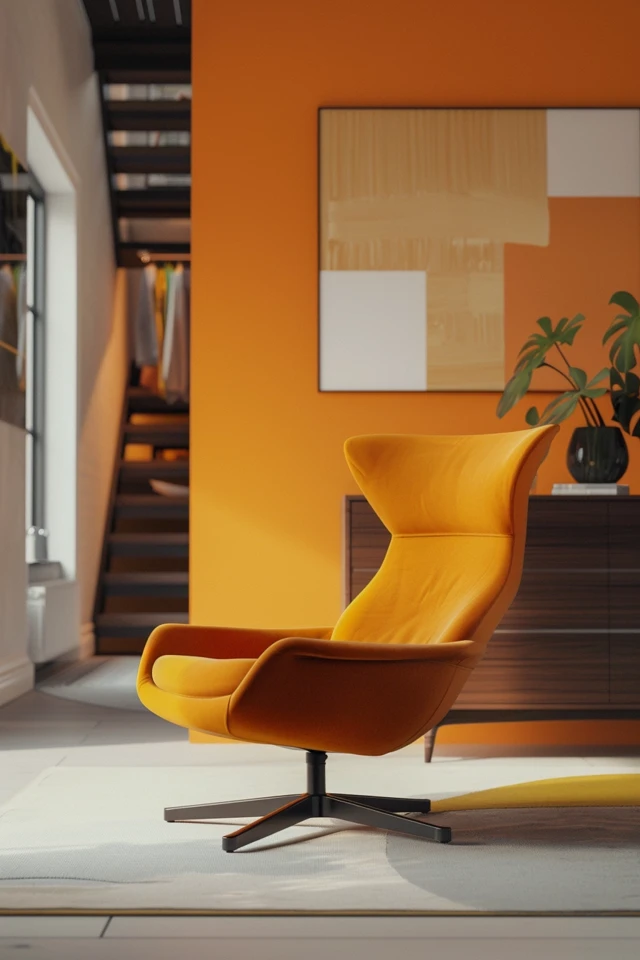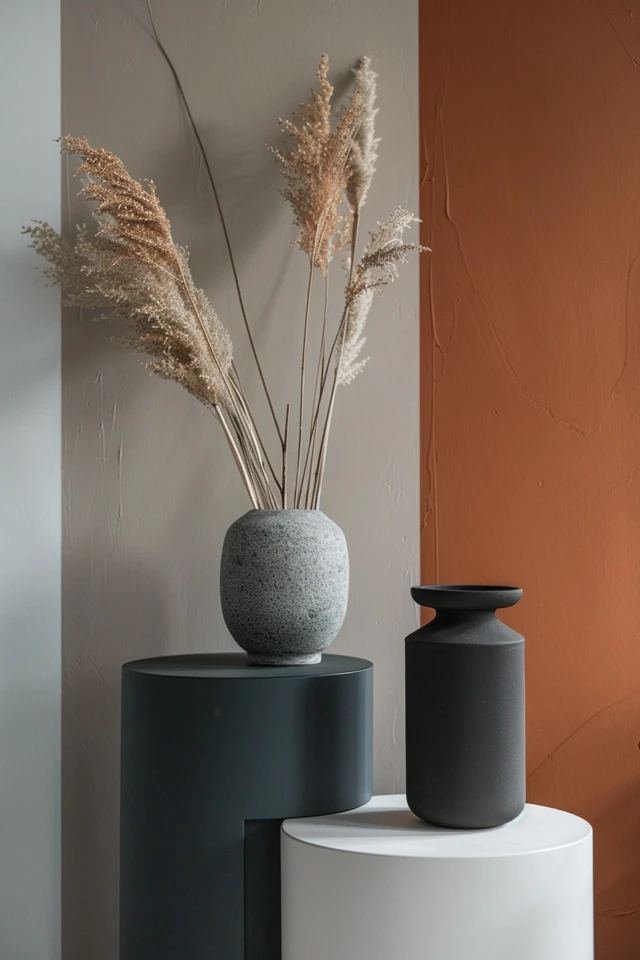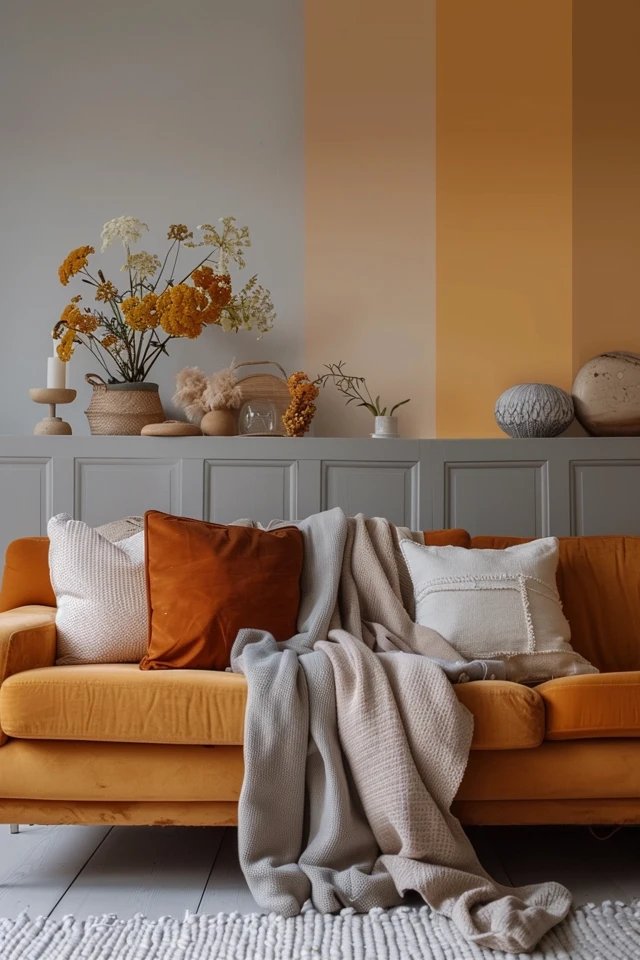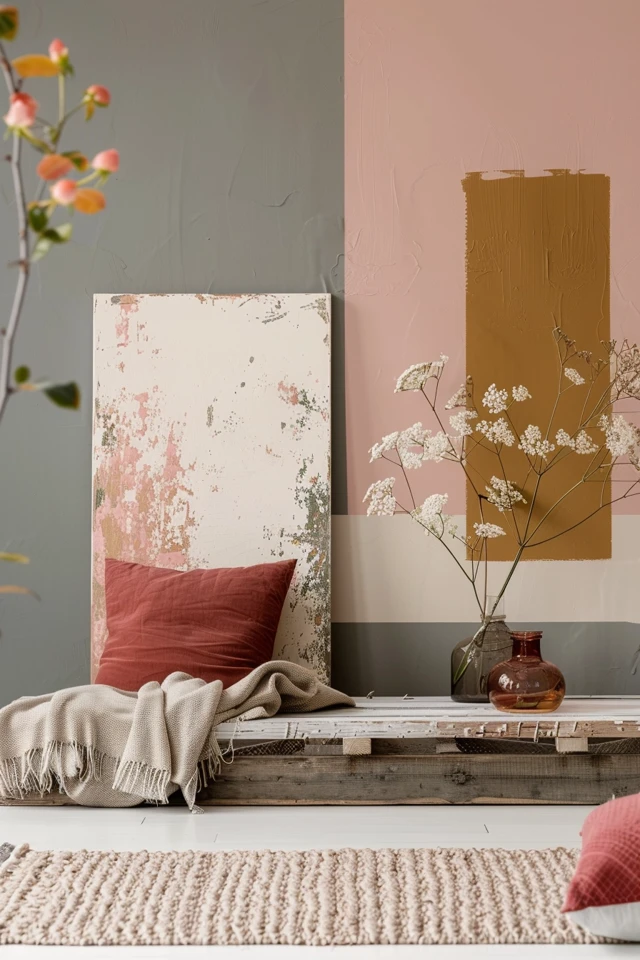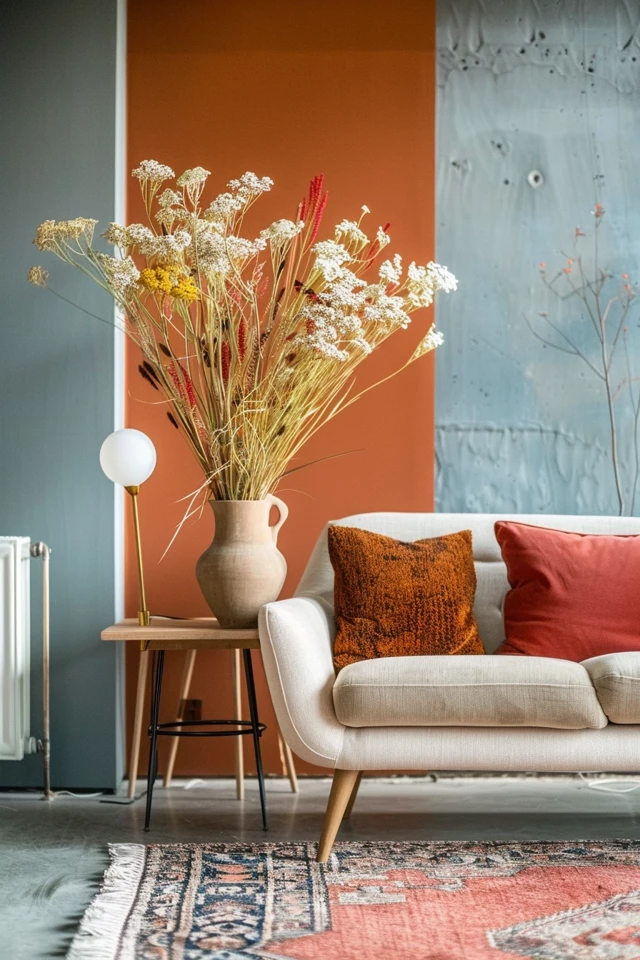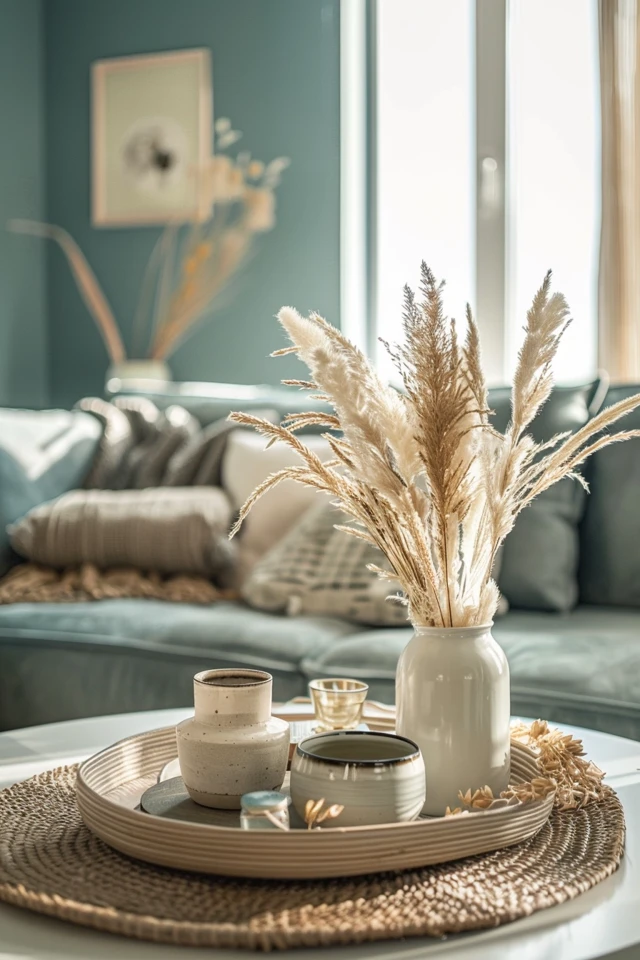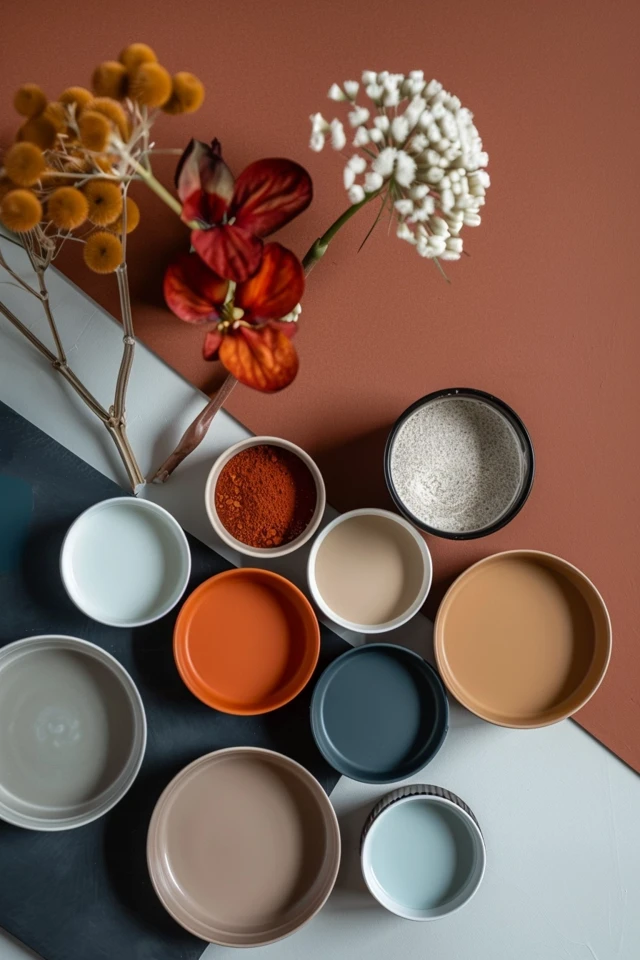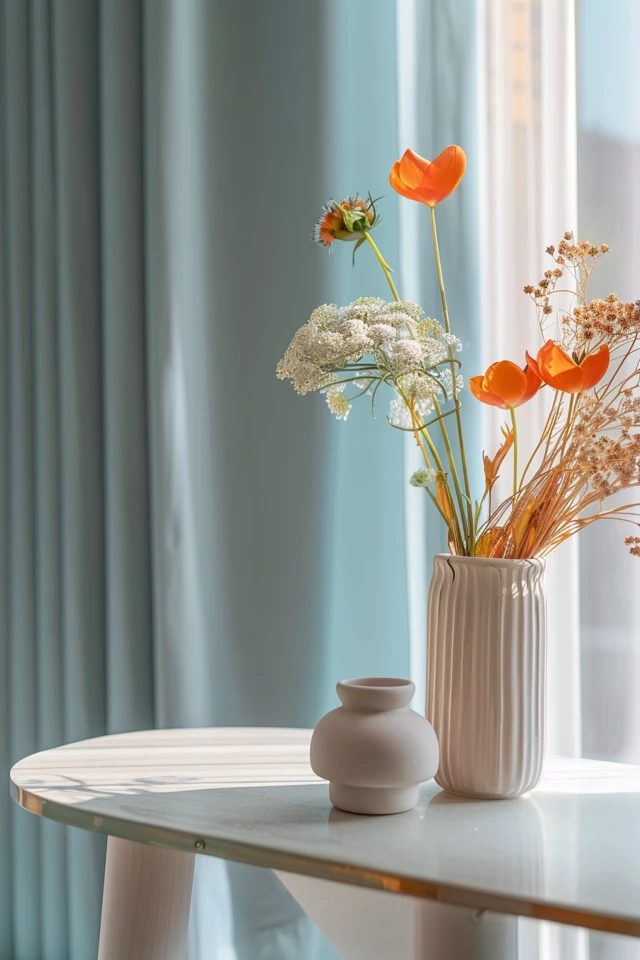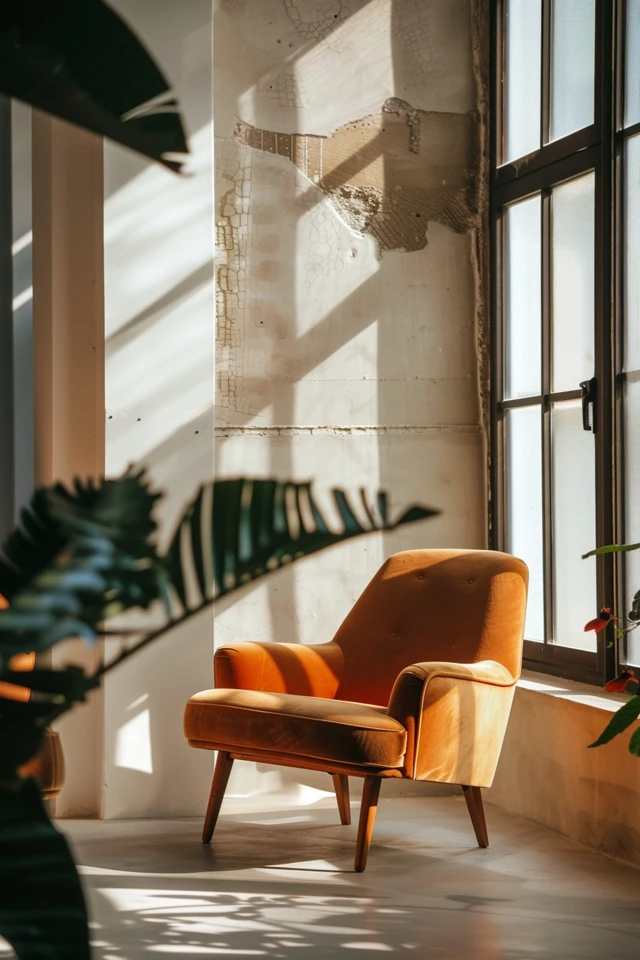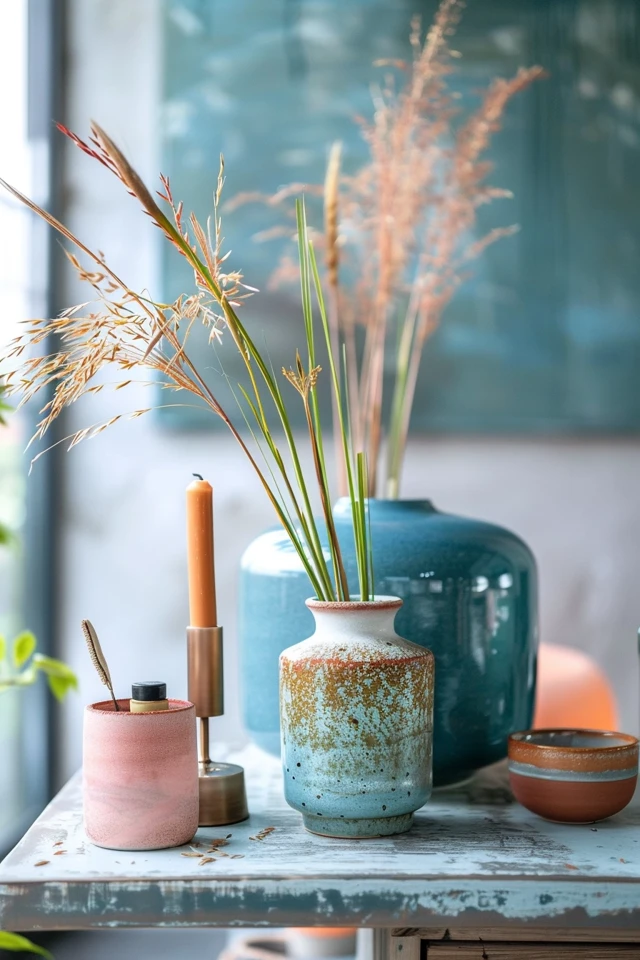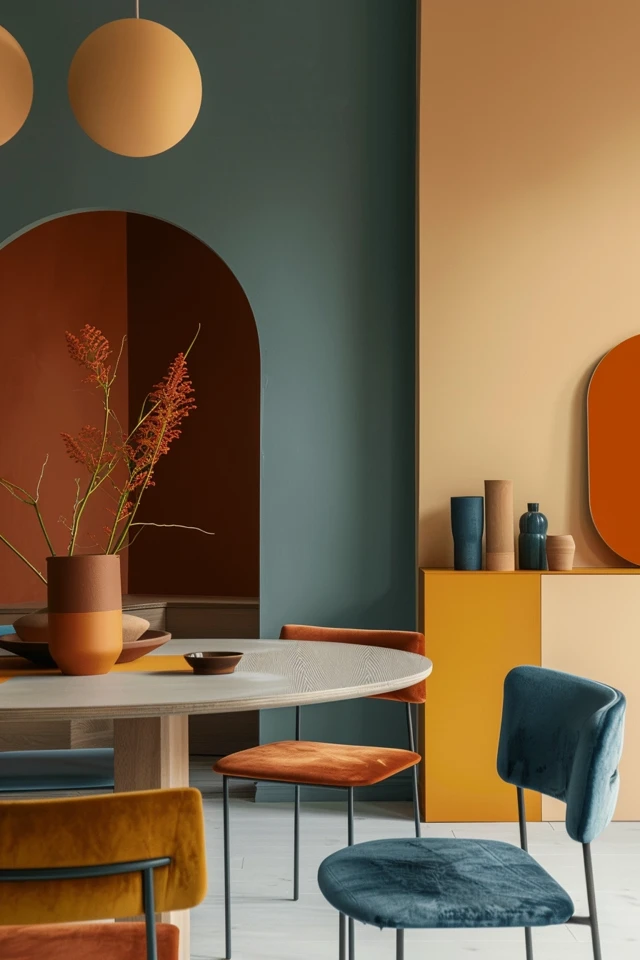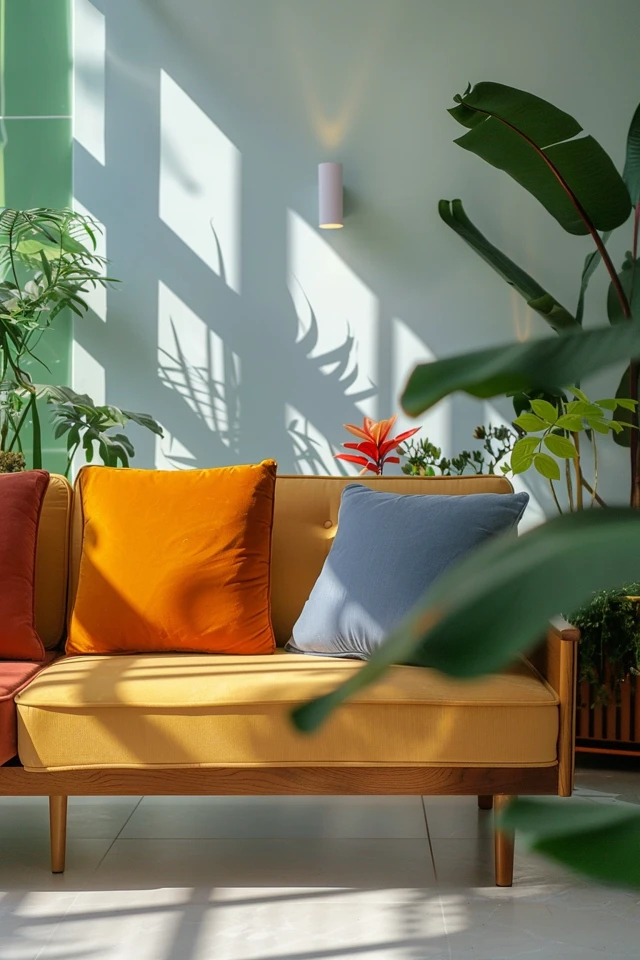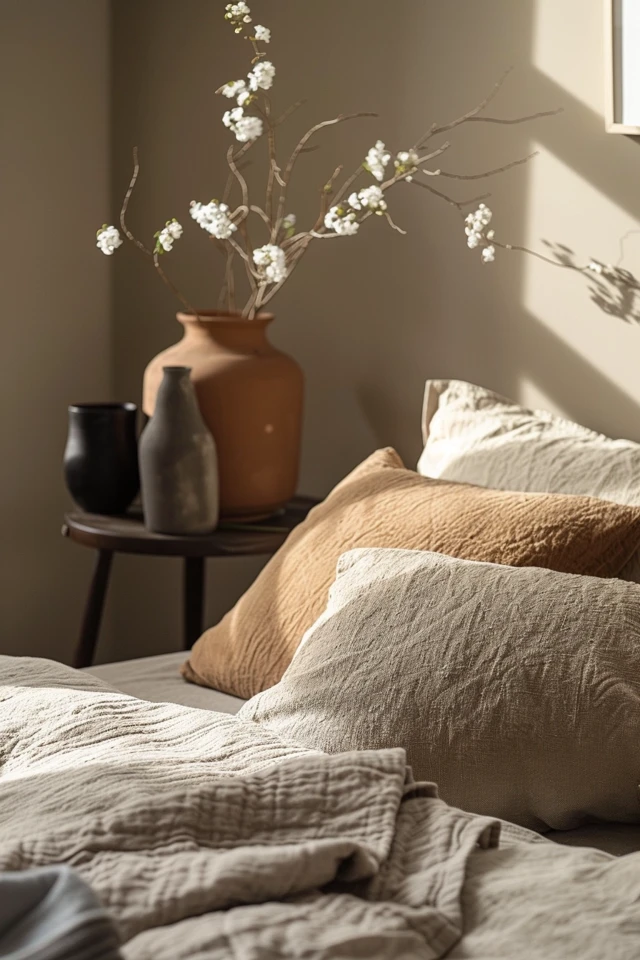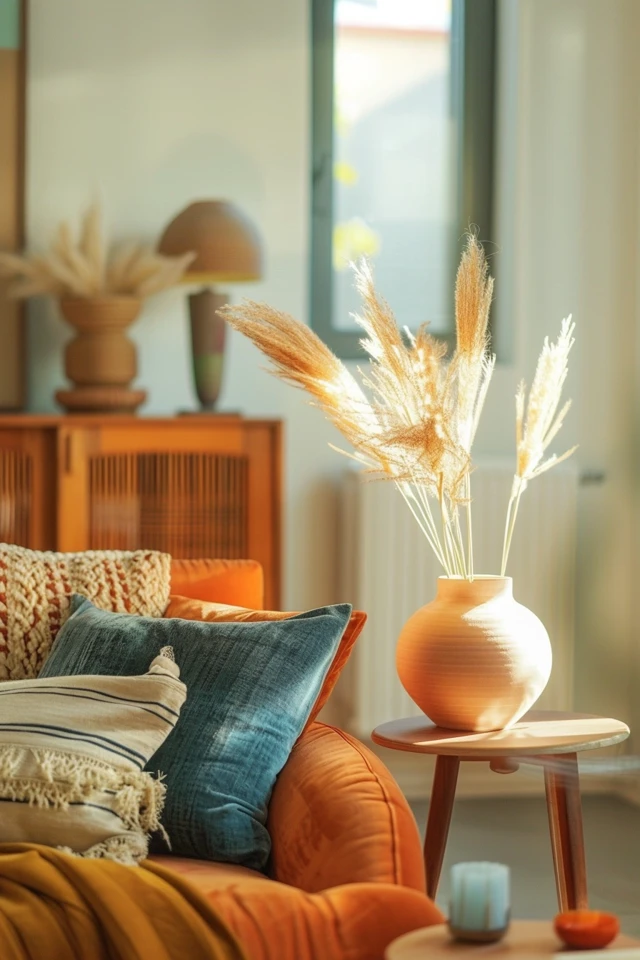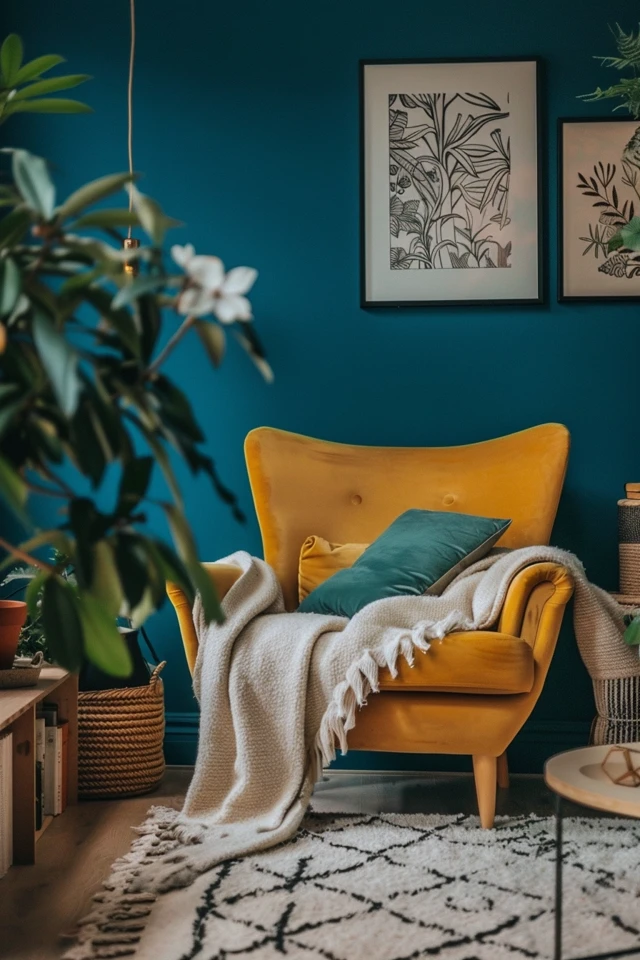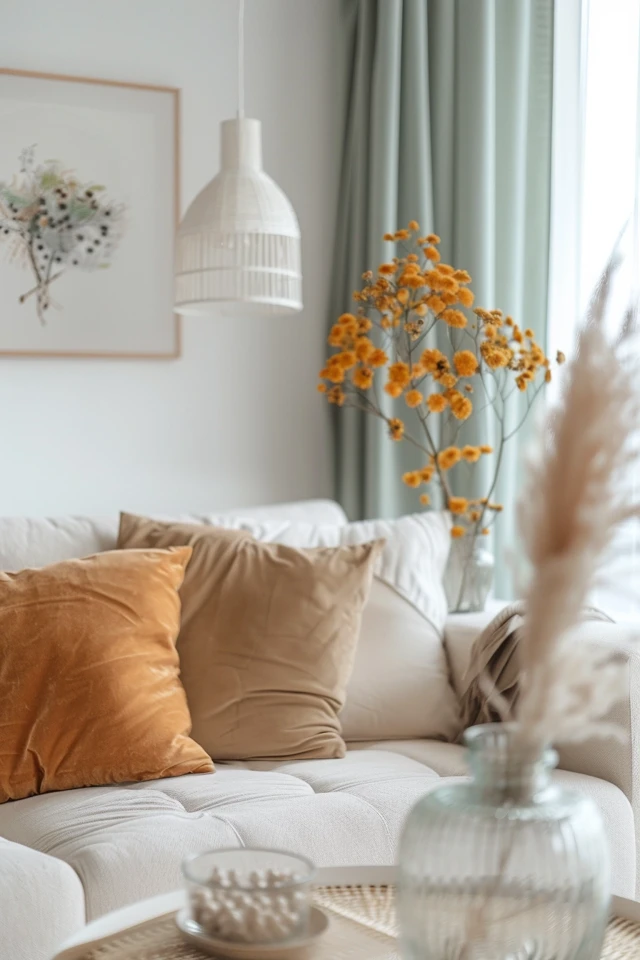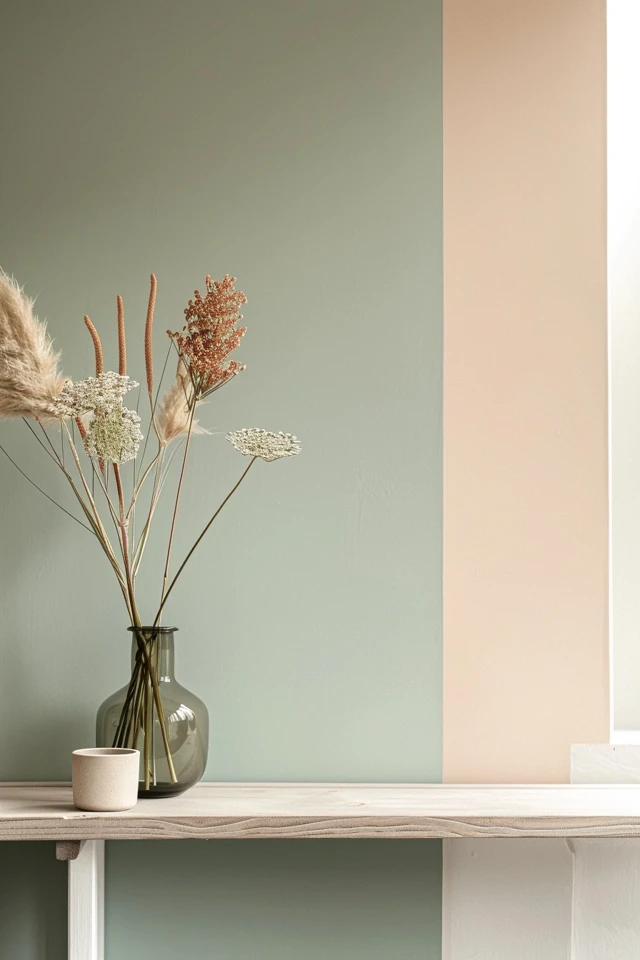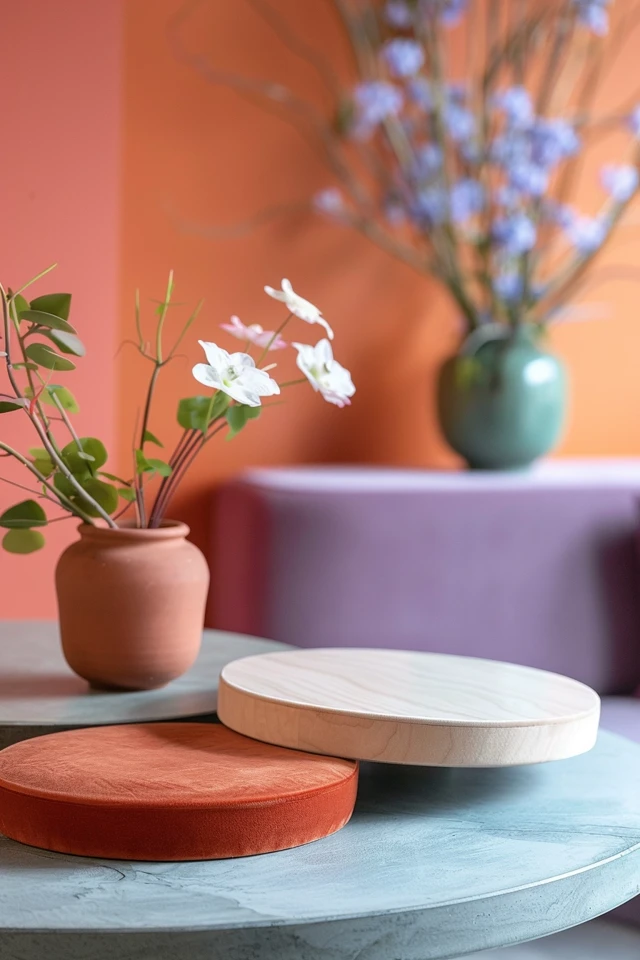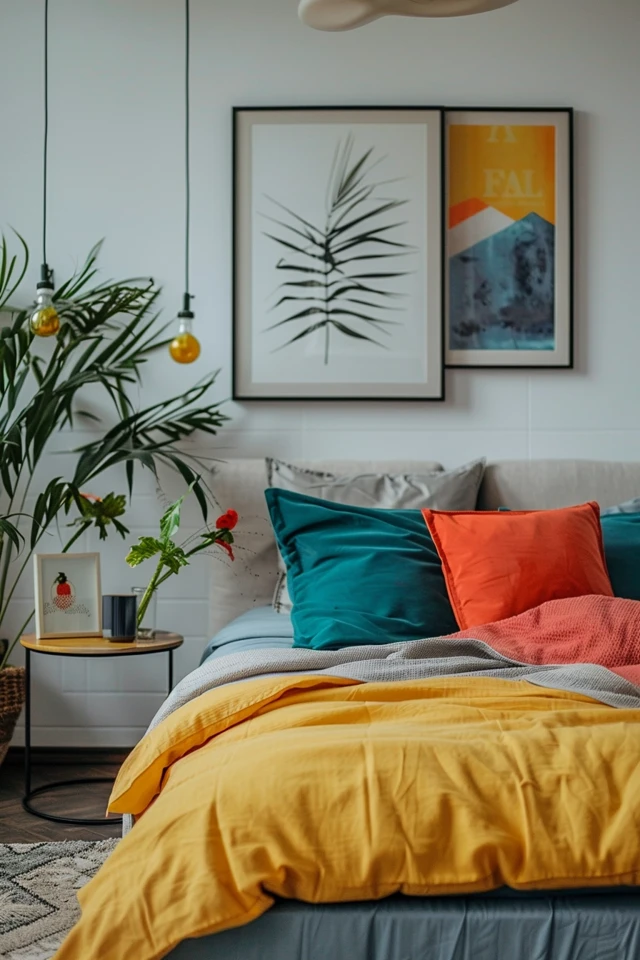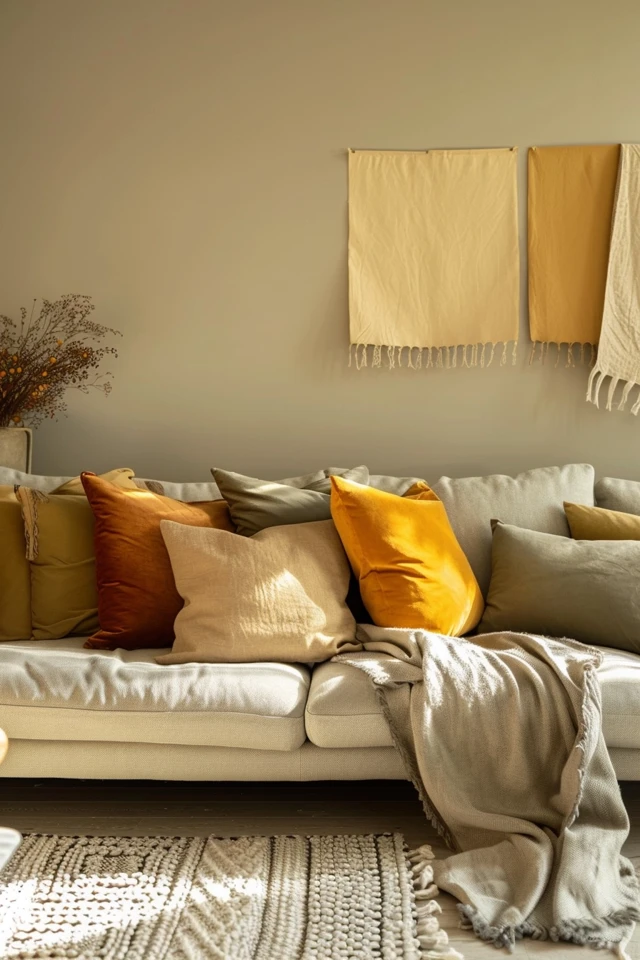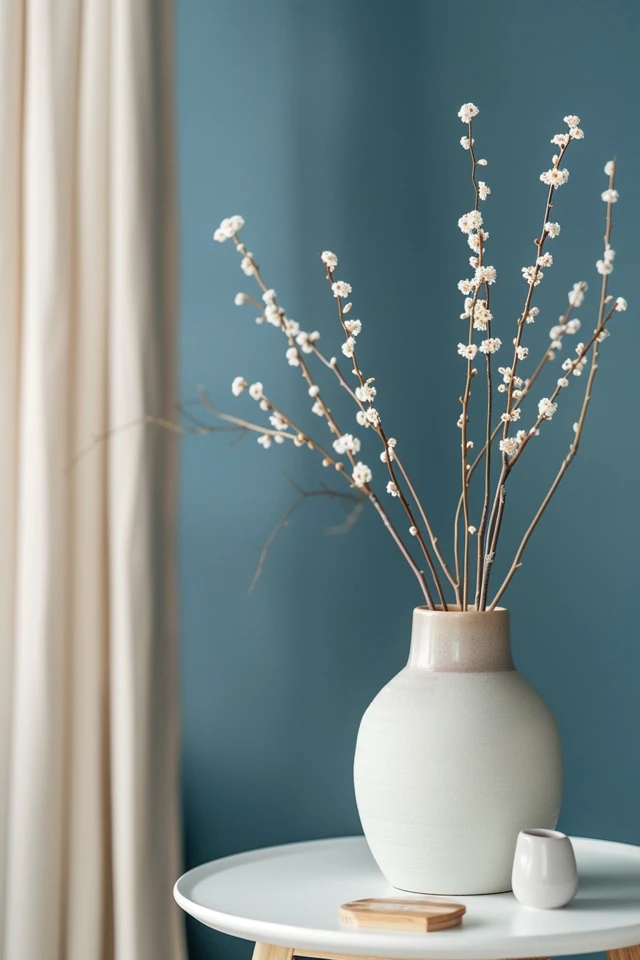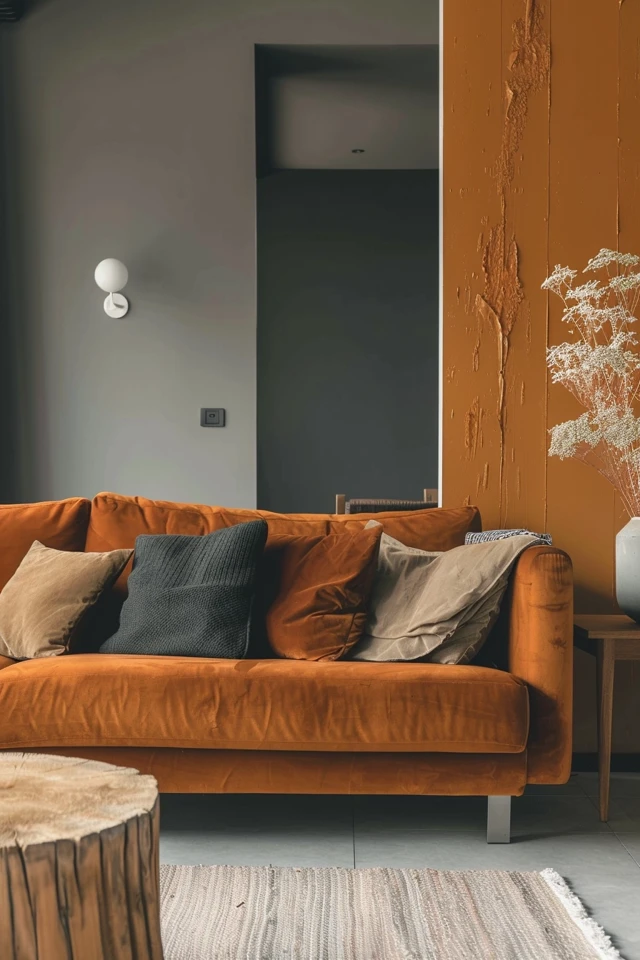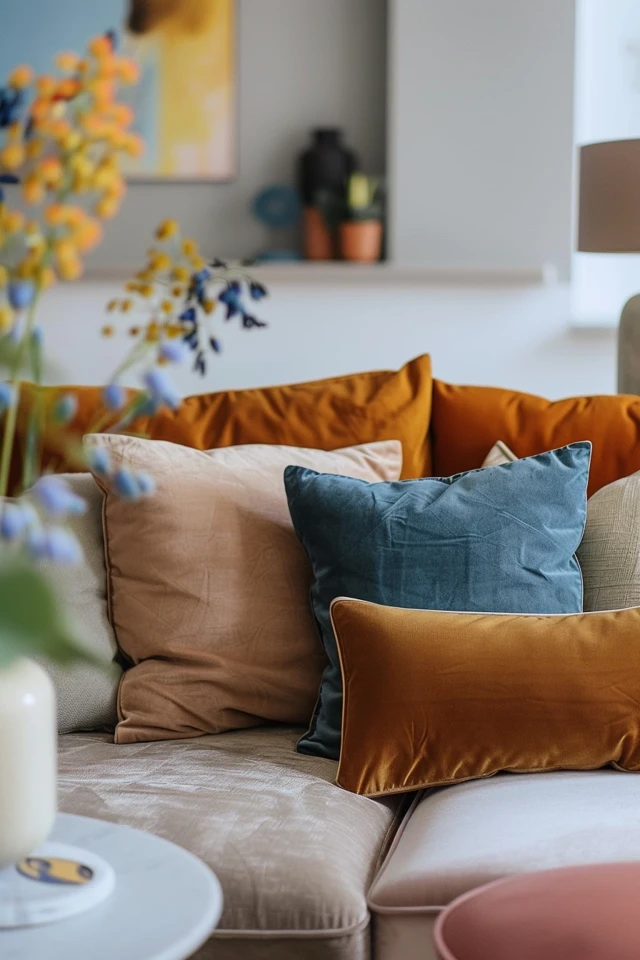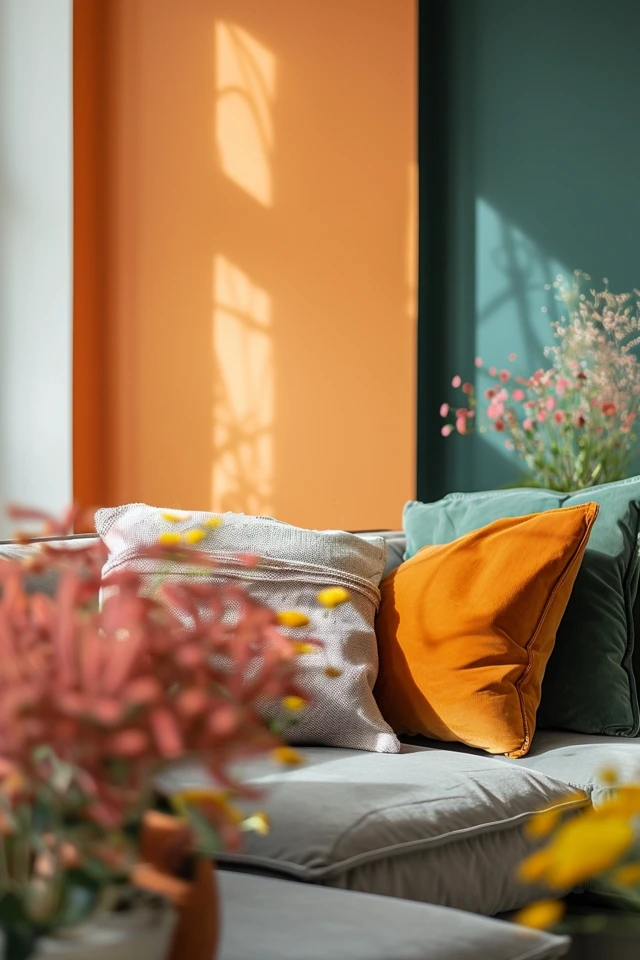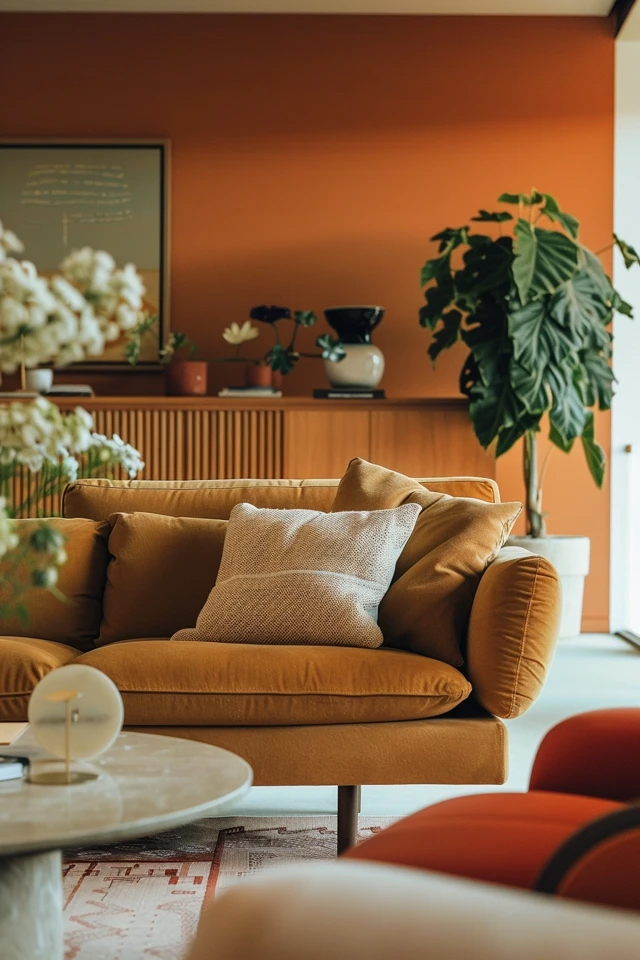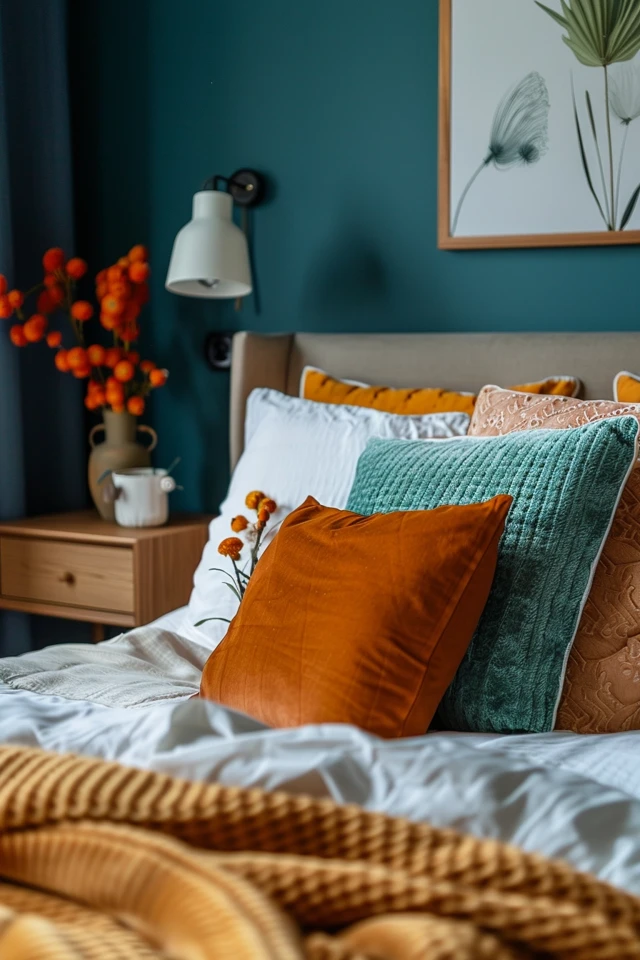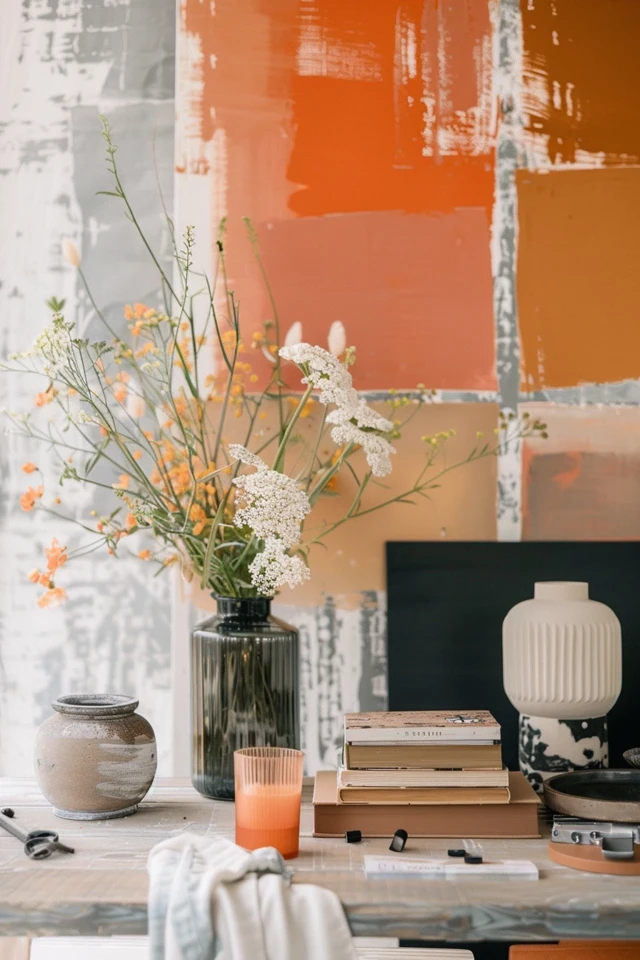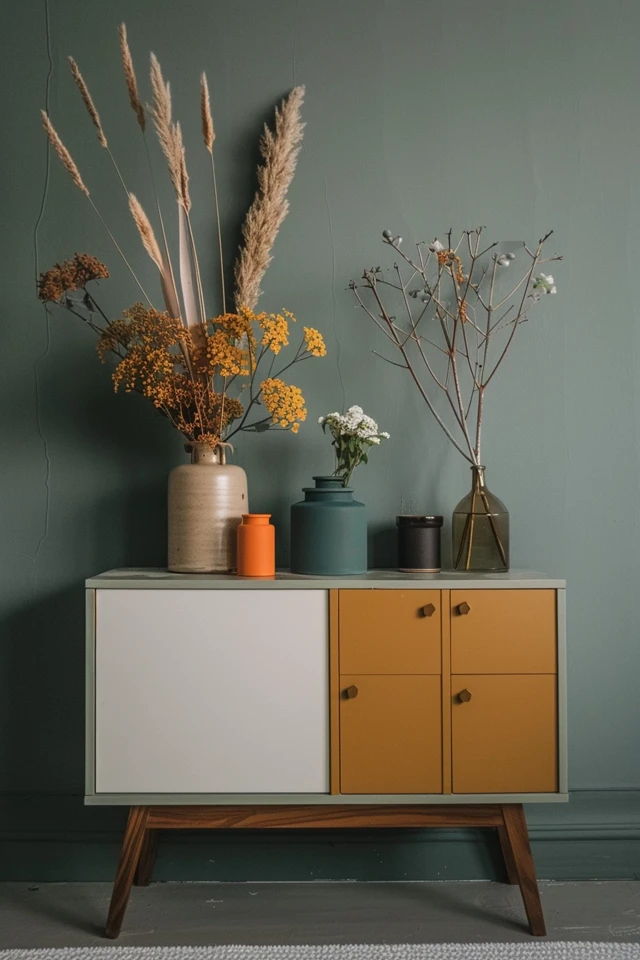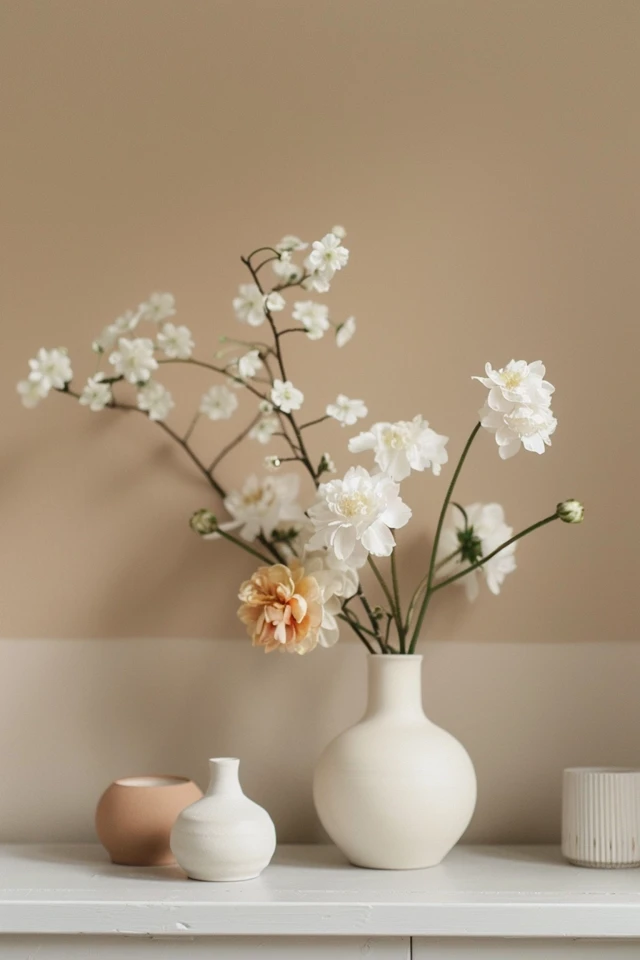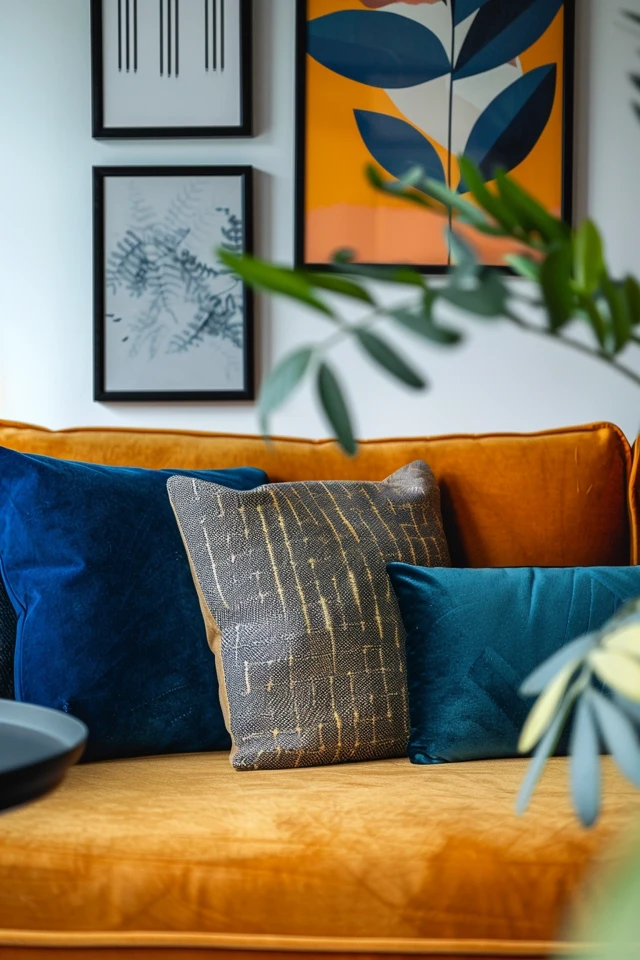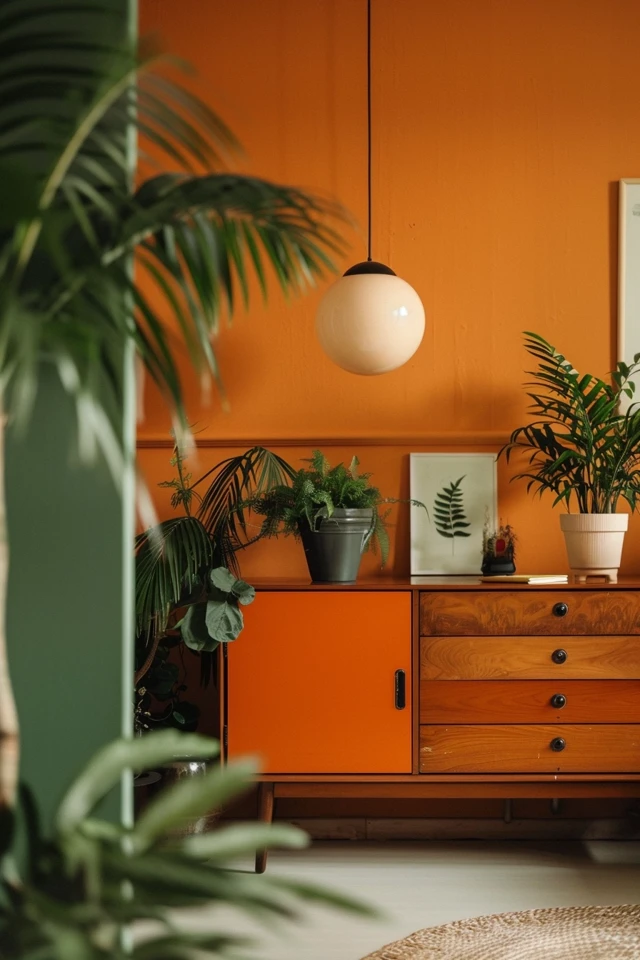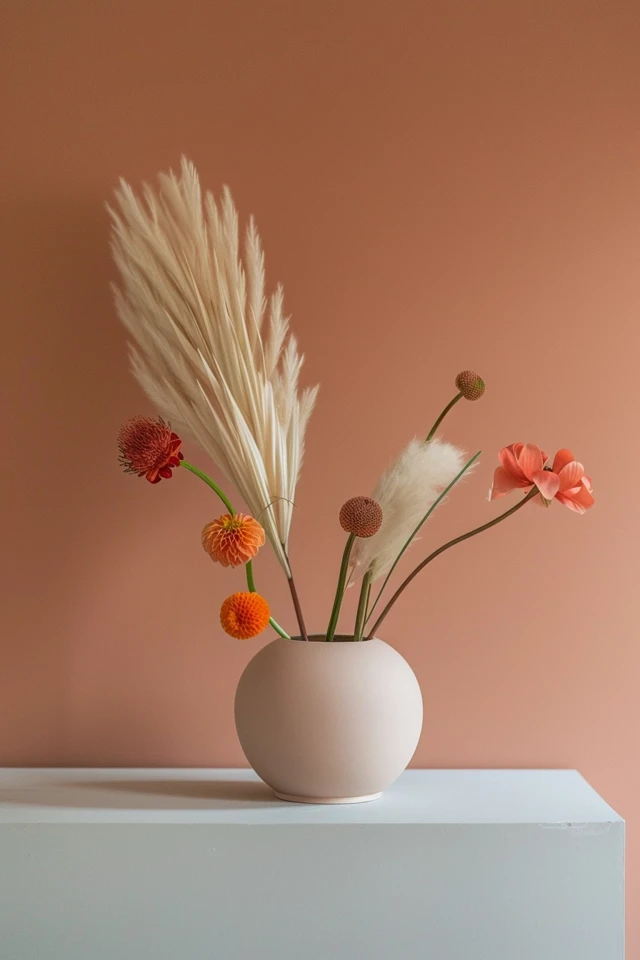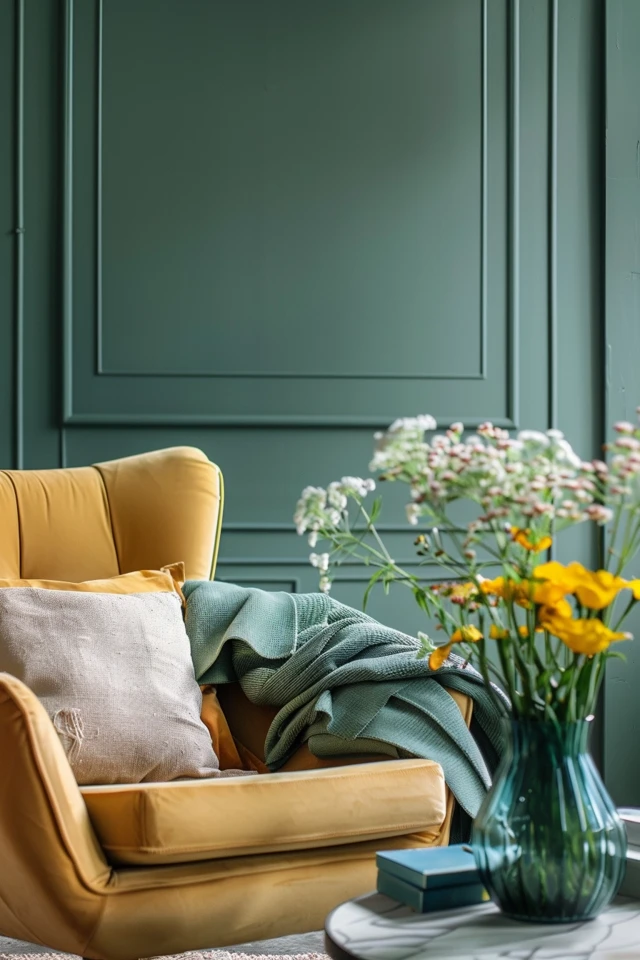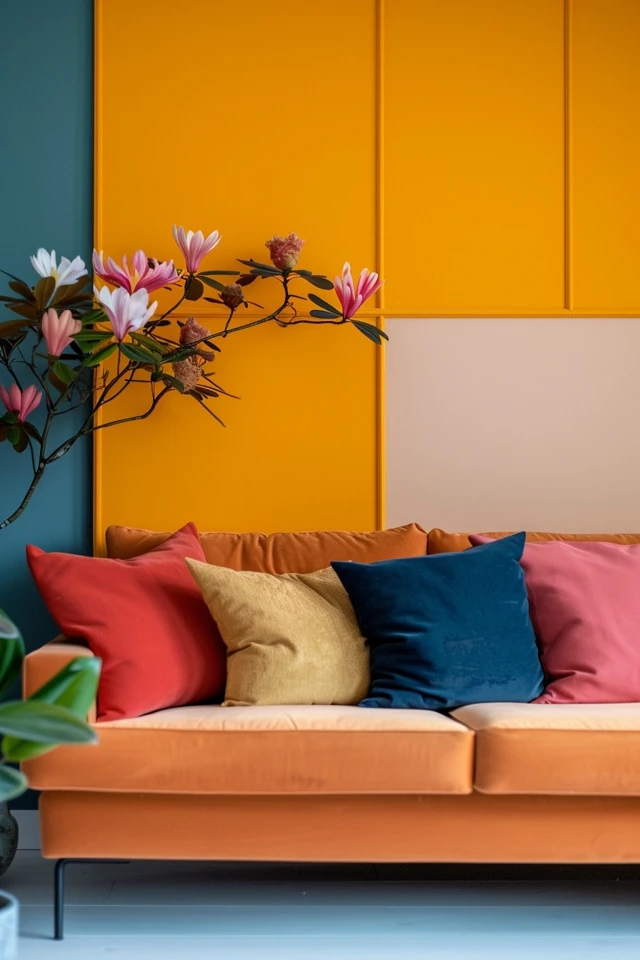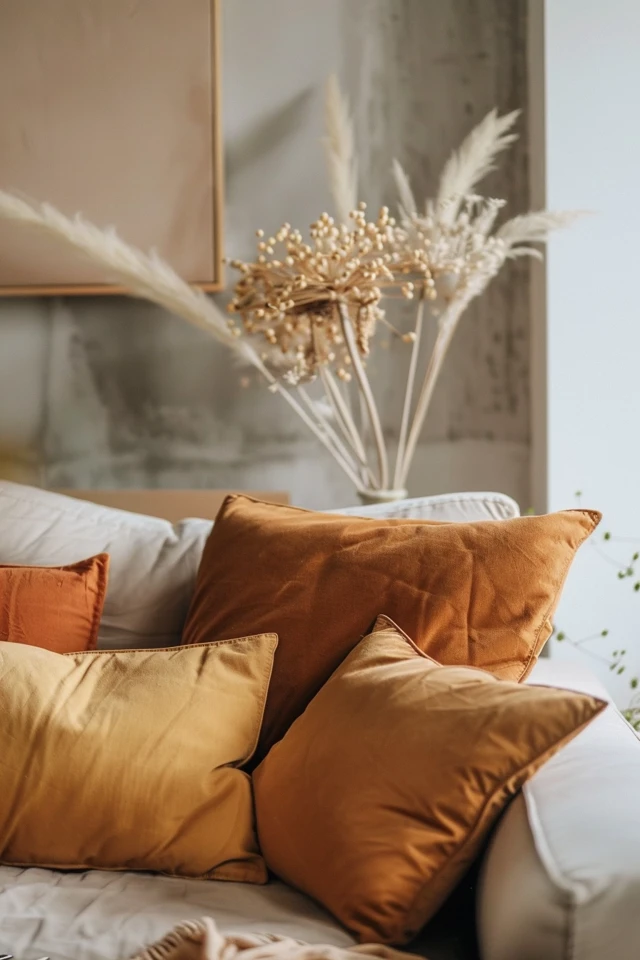Choosing the right colors for your vibe room can make a significant difference in how the space feels and functions. As an architect and interior designer with expertise in evidence-based design, I understand that color has a profound impact on mood, perception, and overall ambiance. In this article, I’ll share insights and practical tips to help you select the perfect colors for your vibe room, ensuring it reflects your personal style and enhances your living experience.
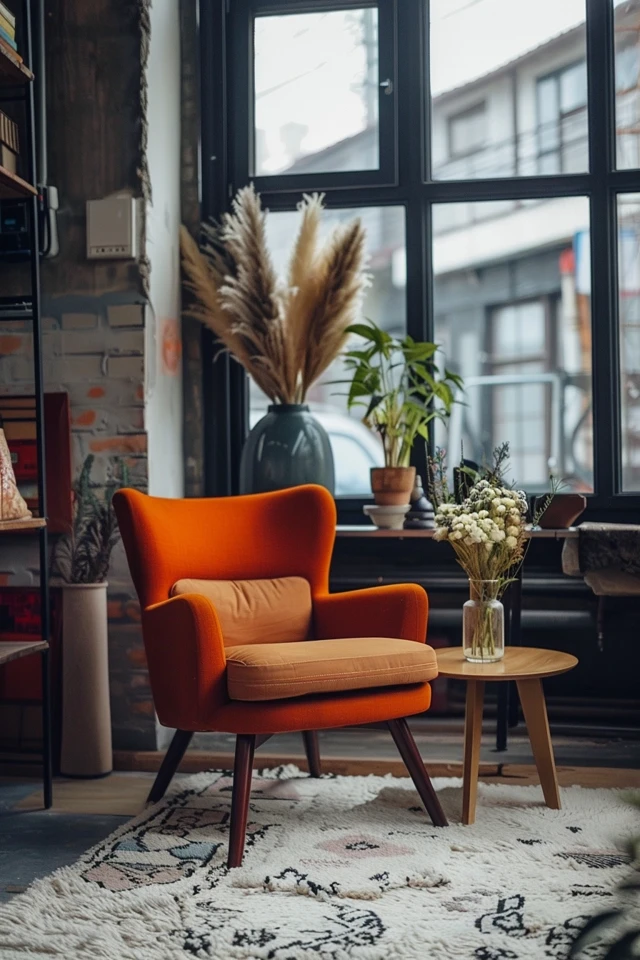
Key Takeaways:
- Understand the psychological effects of different colors.
- Consider the room’s purpose when selecting colors.
- Use a cohesive color palette to create harmony.
- Incorporate accent colors to add interest and depth.
- Test colors before committing to ensure they work in your space.
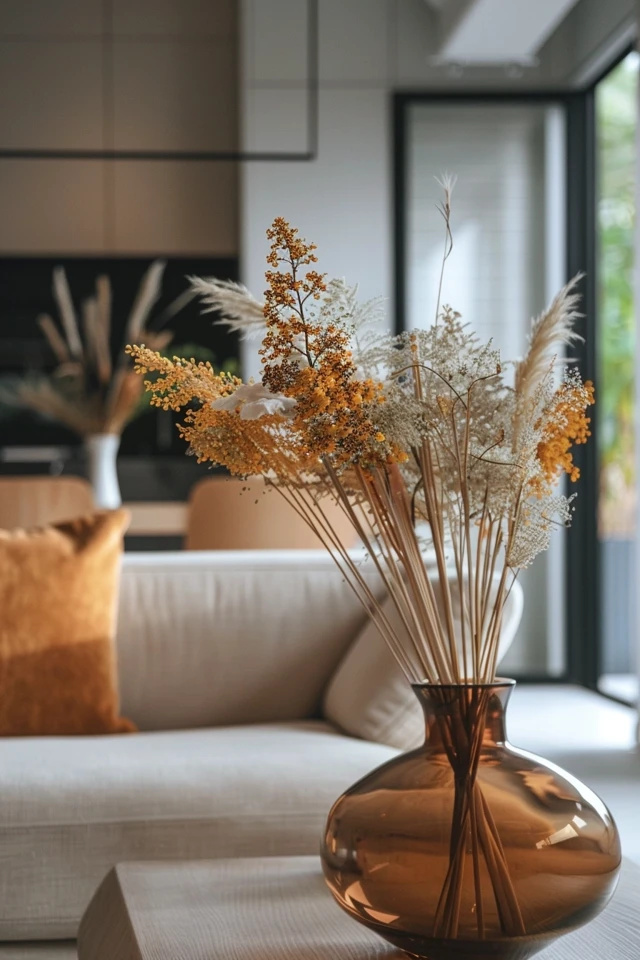
1. Understand the Psychological Effects of Different Colors
Color psychology plays a crucial role in how we perceive and interact with our environment. Different colors can evoke various emotions and behaviors, making it essential to choose colors that align with the desired vibe of your room.
Tips:
- Blue is calming and promotes relaxation, making it ideal for bedrooms and bathrooms.
- Green is refreshing and associated with nature, suitable for living rooms and home offices.
- Yellow is uplifting and energizing, perfect for kitchens and dining areas.
- Red is stimulating and can increase energy levels, best used as an accent color.
- Neutral colors like white, gray, and beige create a sense of balance and sophistication.
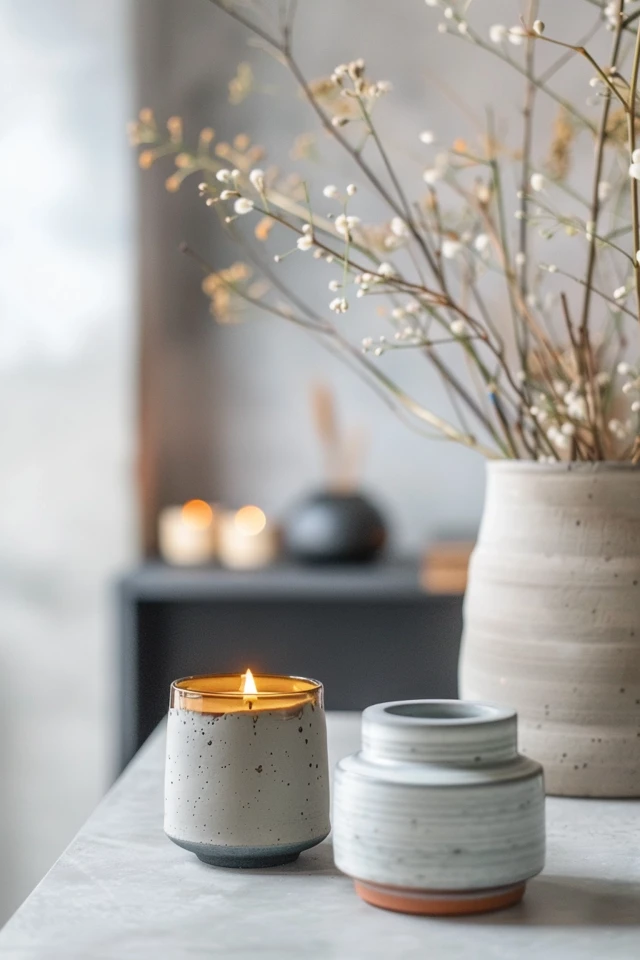
2. Consider the Room’s Purpose
The purpose of the room should guide your color choices. Different activities require different atmospheres, and selecting the right colors can enhance the functionality and enjoyment of the space.
Tips:
- For living rooms, choose warm and inviting colors that encourage relaxation and socialization.
- In bedrooms, opt for soothing colors that promote rest and tranquility.
- Kitchens benefit from bright and cheerful colors that stimulate appetite and energy.
- Home offices should feature colors that boost focus and productivity, like greens and blues.
- Bathrooms can use calming and refreshing colors to create a spa-like environment.
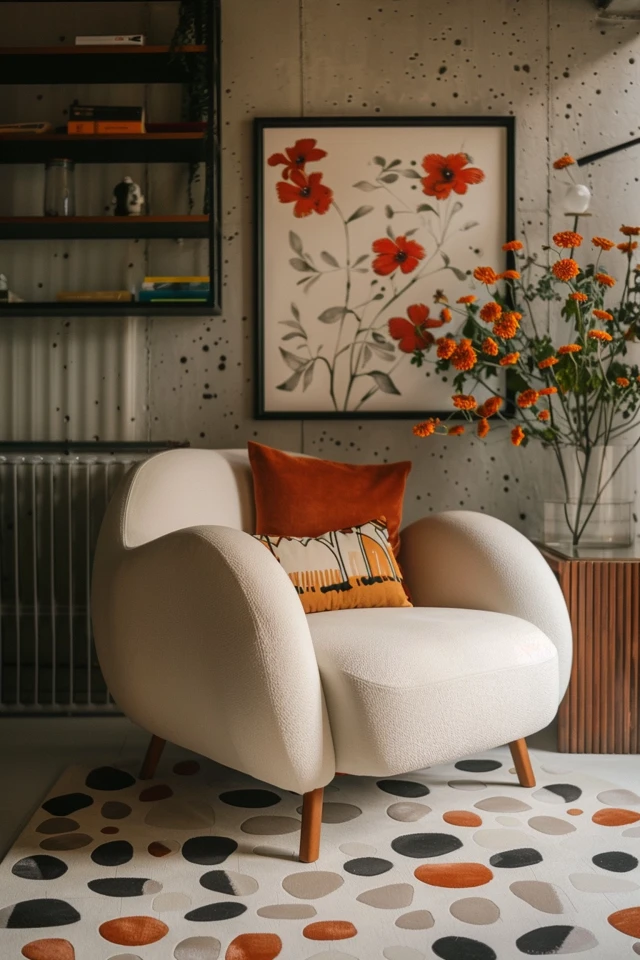
3. Use a Cohesive Color Palette
A cohesive color palette creates harmony and flow throughout your vibe room. By selecting colors that complement each other, you can achieve a balanced and visually appealing space.
Tips:
- Choose a base color for the walls and larger furniture pieces.
- Select complementary colors for accents and decor items.
- Use a color wheel to identify harmonious color combinations.
- Stick to a limited color palette to avoid a cluttered and chaotic look.
- Incorporate different shades and tints of your chosen colors to add depth and interest.
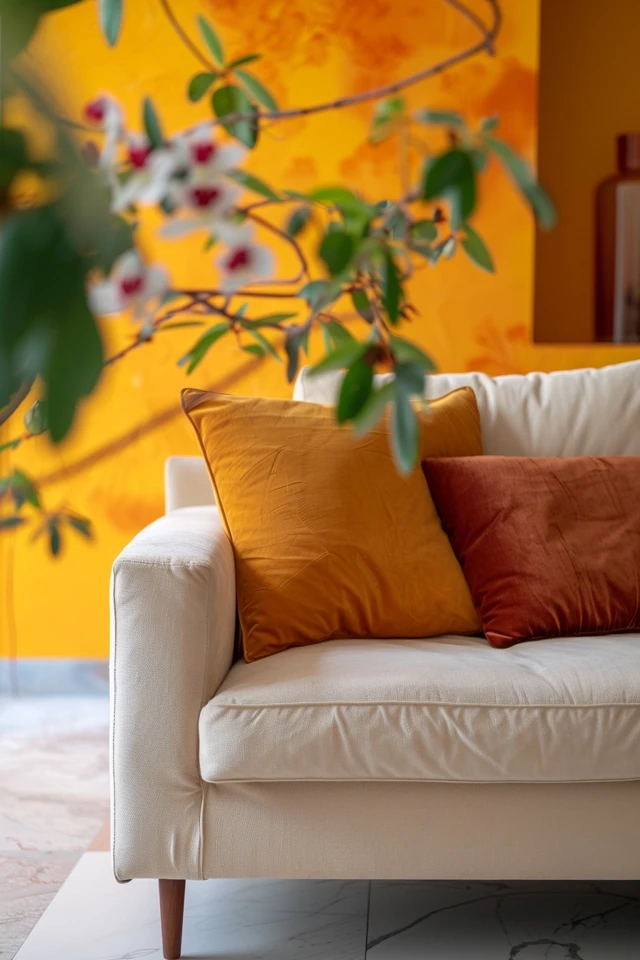
4. Incorporate Accent Colors
Accent colors can add personality and vibrancy to your vibe room. They are used to highlight specific areas and create visual interest without overwhelming the space.
Tips:
- Use accent colors in decor items like throw pillows, rugs, and artwork.
- Paint an accent wall to create a focal point in the room.
- Incorporate accent colors in furniture pieces like chairs, lamps, and shelves.
- Choose bold and contrasting colors to make a statement, or subtle hues for a more cohesive look.
- Ensure that accent colors complement the base color palette to maintain harmony.

5. Test Colors Before Committing
Testing colors before making a final decision is crucial to ensure they work well in your space. Lighting, room size, and existing decor can all affect how a color appears.
Tips:
- Paint a small section of the wall to see how the color looks in different lighting conditions.
- Use sample boards or swatches to compare multiple colors side by side.
- Observe the colors at different times of the day to see how they change with natural and artificial light.
- Consider how the colors interact with existing furniture and decor.
- Get feedback from family or friends to ensure the color choice resonates with everyone.
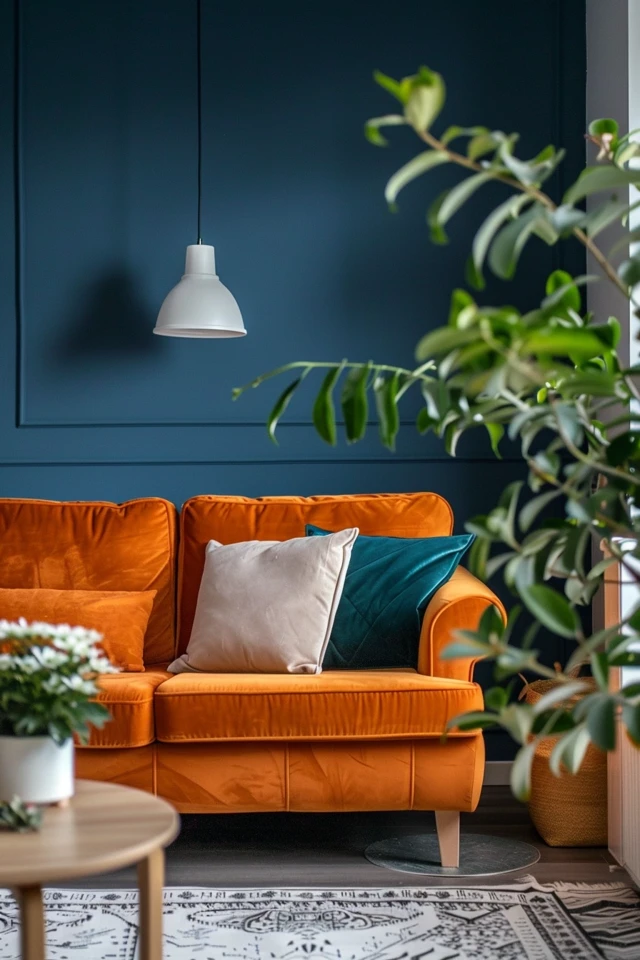
Conclusion
Choosing the right colors for your vibe room involves understanding color psychology, considering the room’s purpose, using a cohesive color palette, incorporating accent colors, and testing colors before committing. By following these principles, you can create a space that reflects your personal style, enhances the room’s functionality, and promotes the desired atmosphere. As an architect and interior designer, I believe that thoughtful color choices can significantly elevate your living experience. Embrace these tips to transform your vibe room into a harmonious and visually appealing sanctuary that meets your practical needs and aesthetic preferences.
Inspirational Pictures
